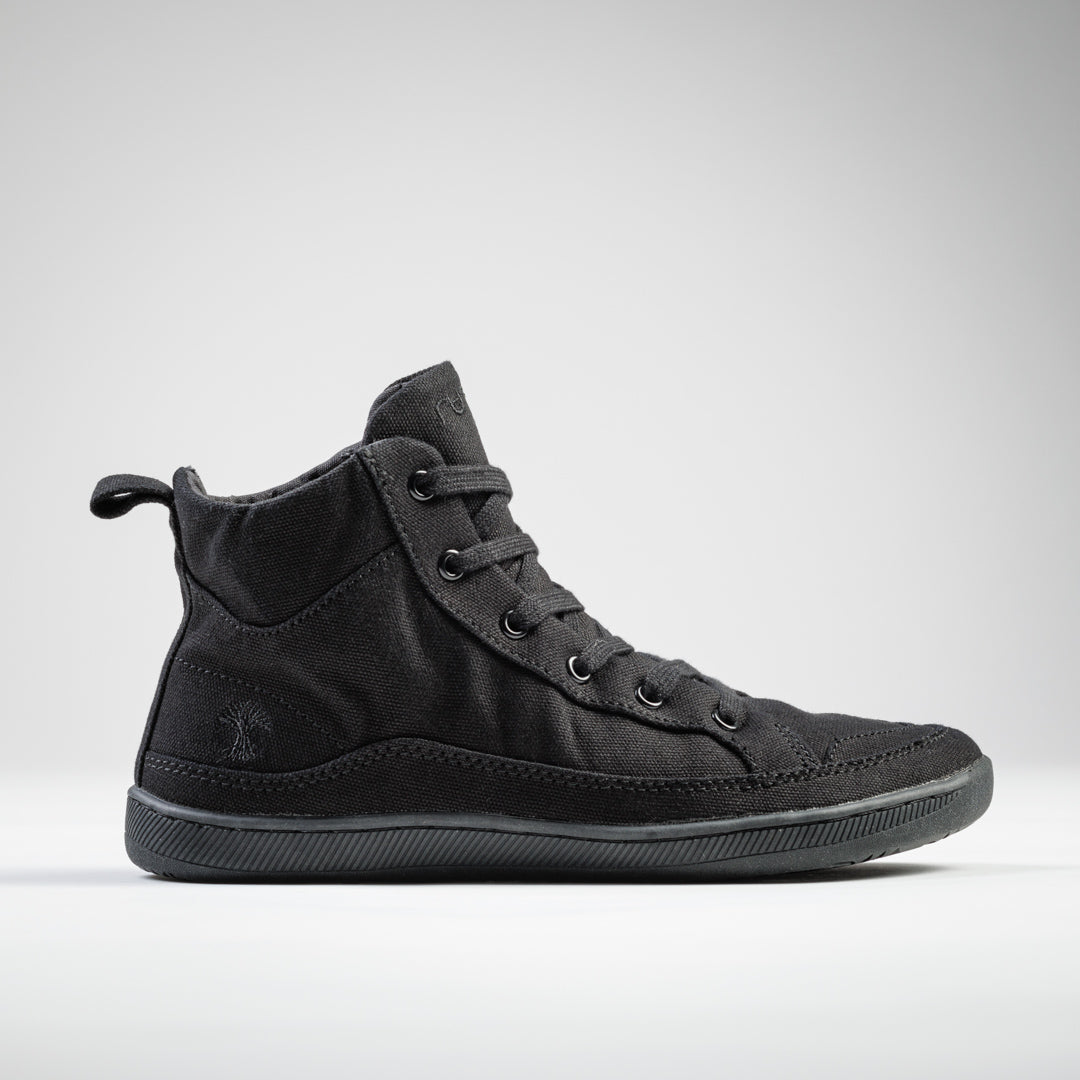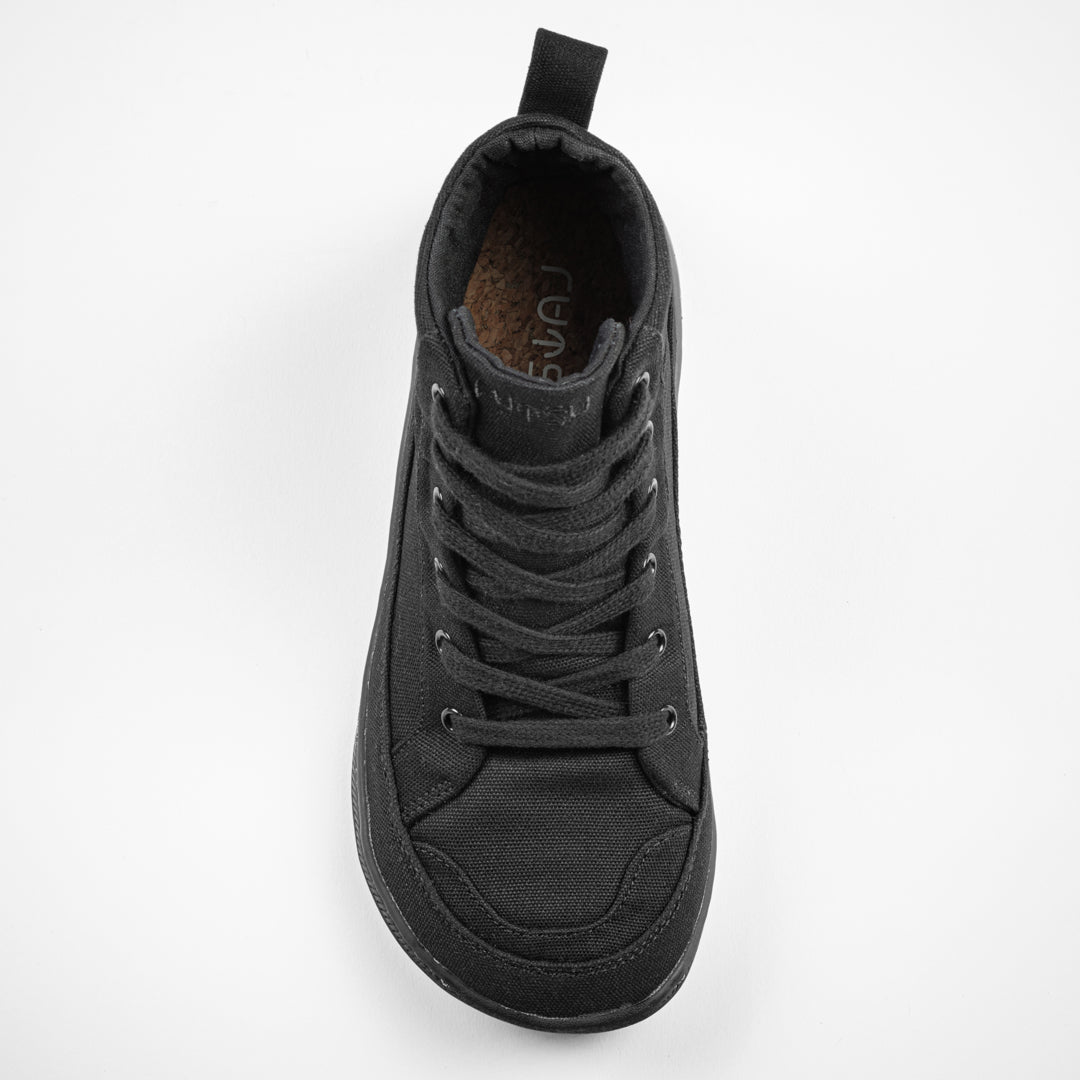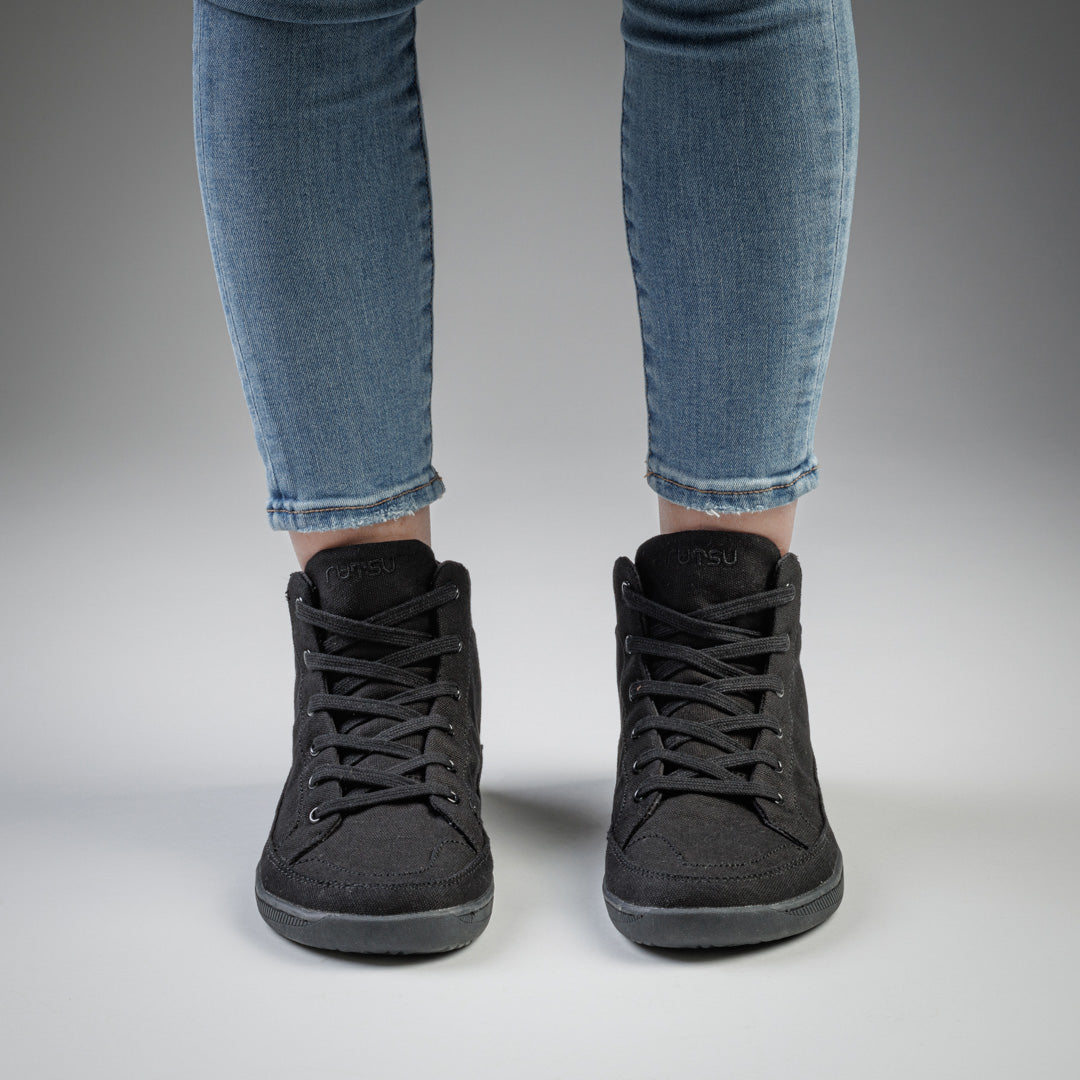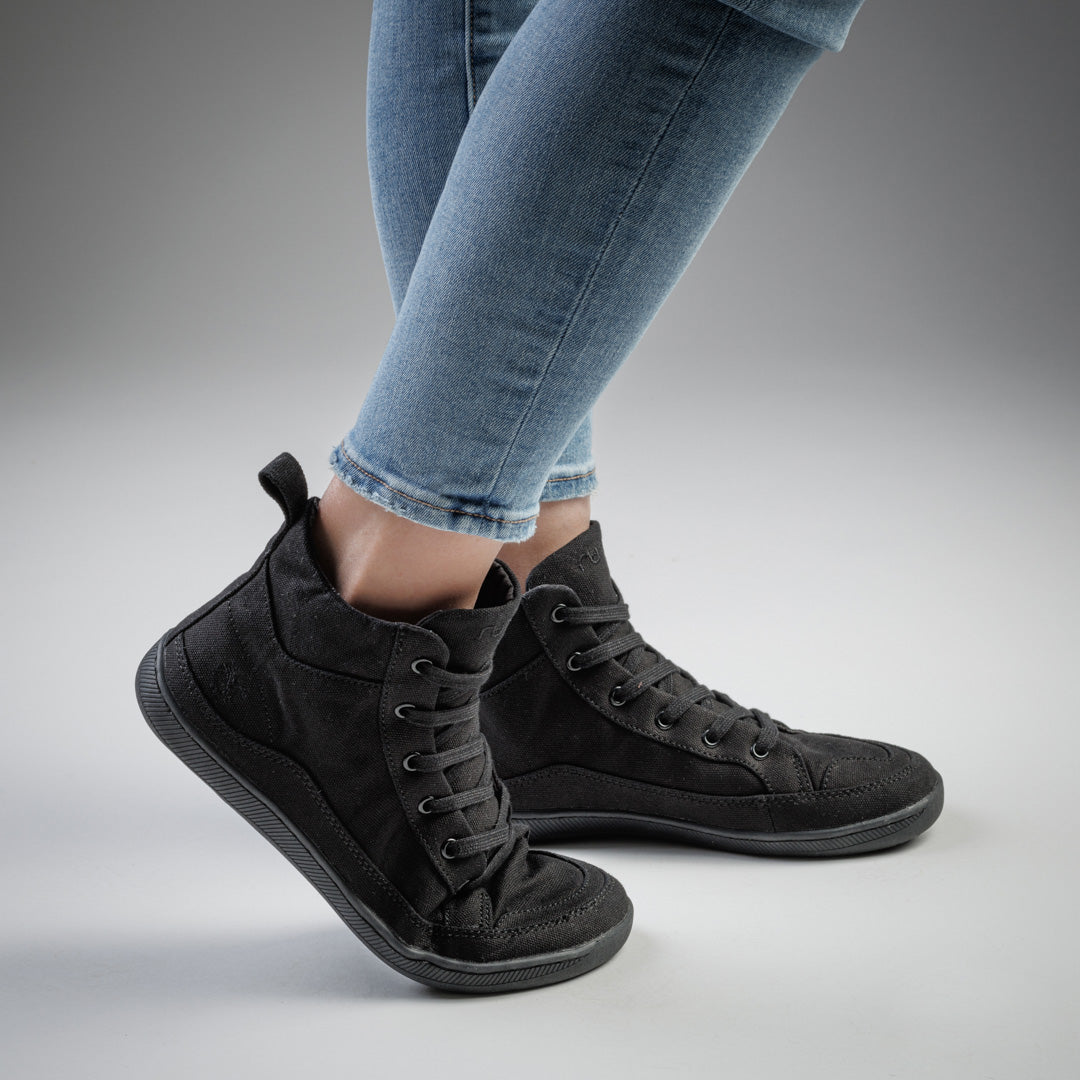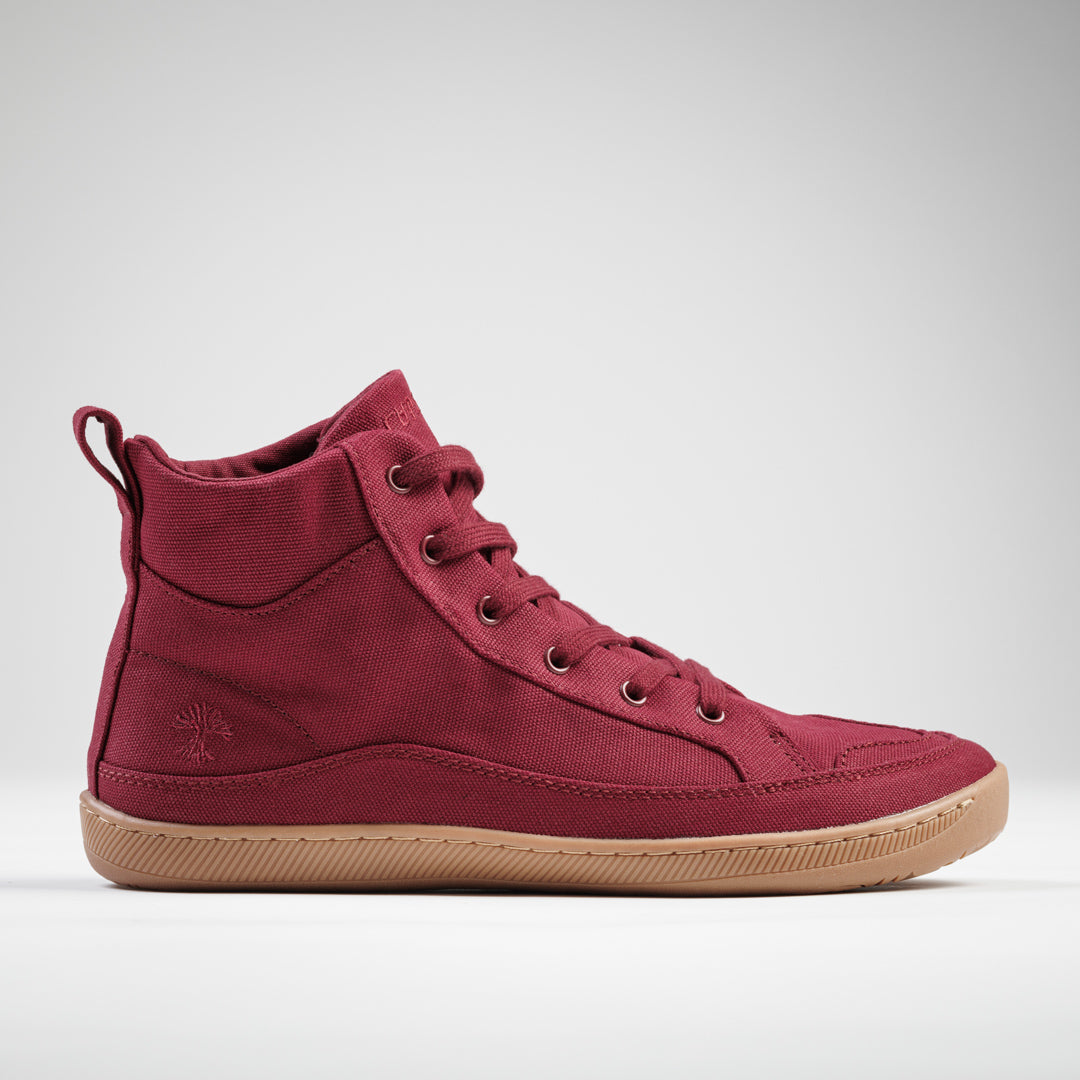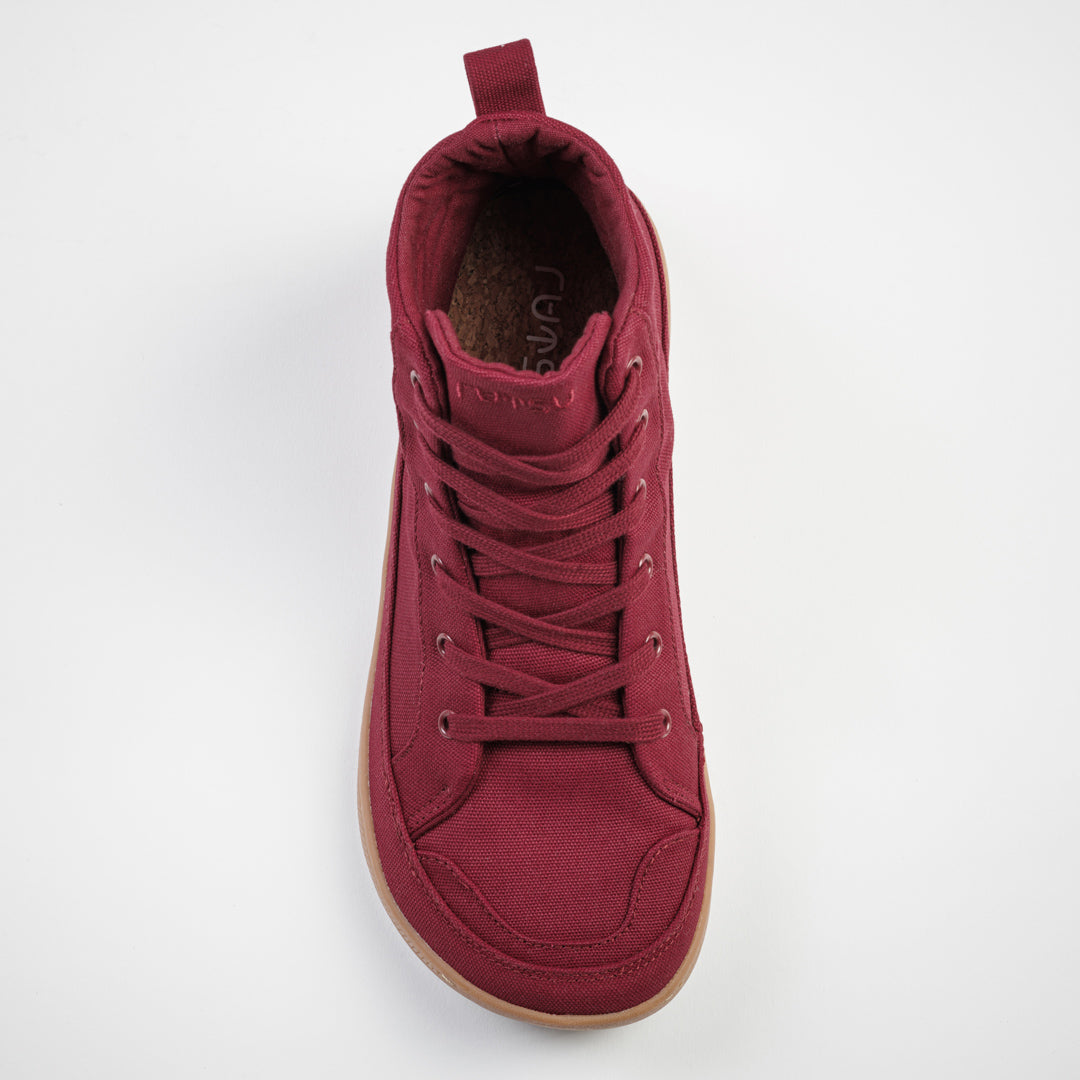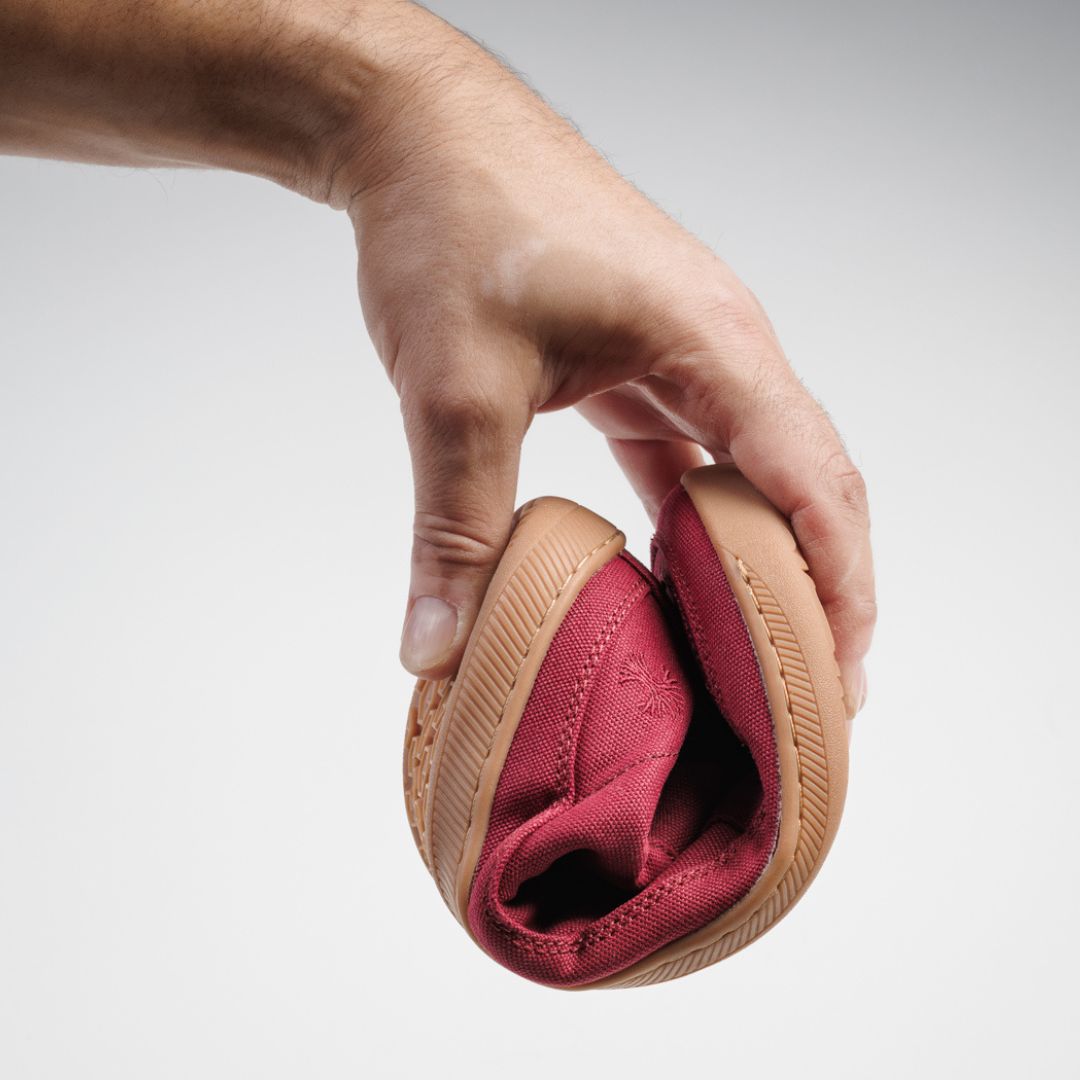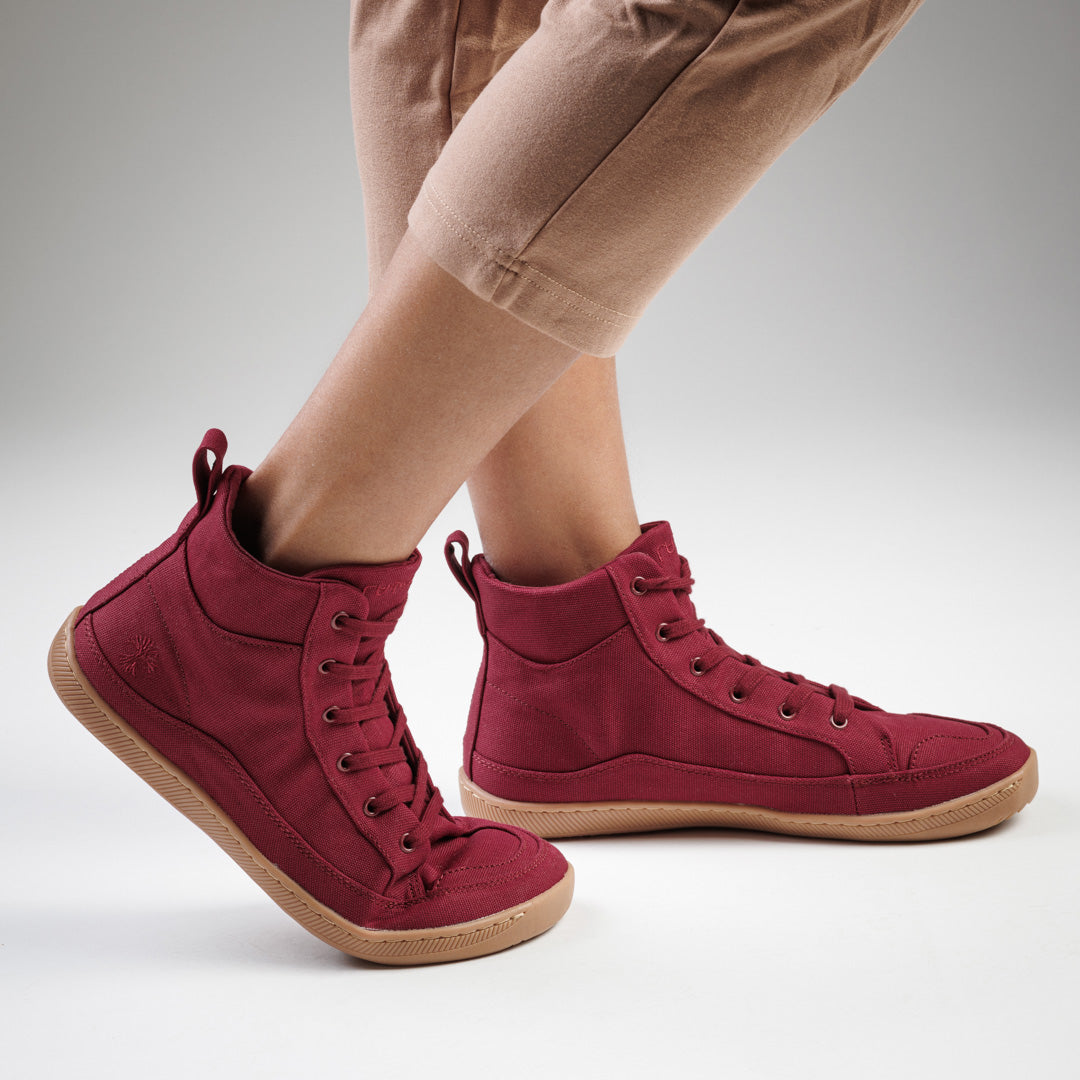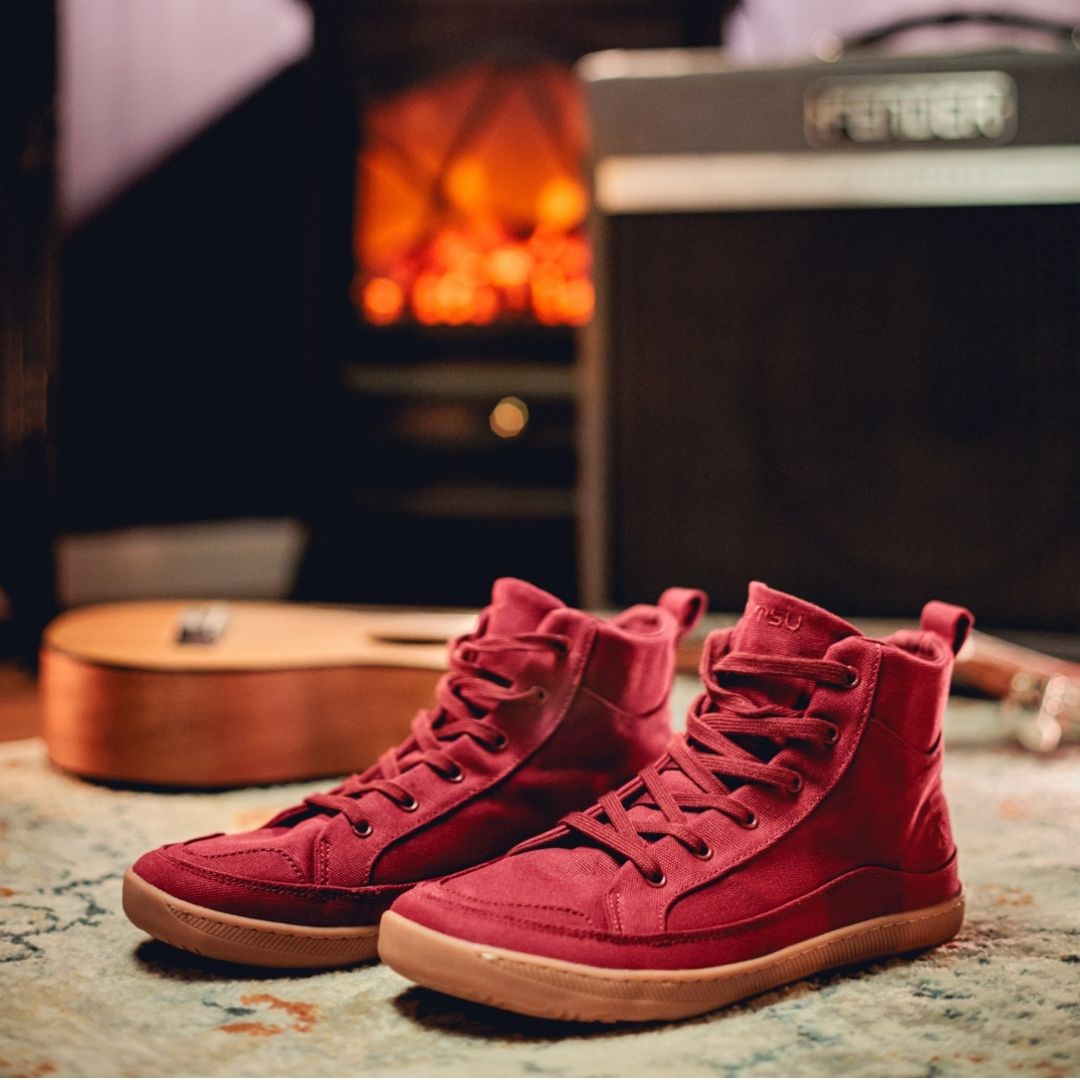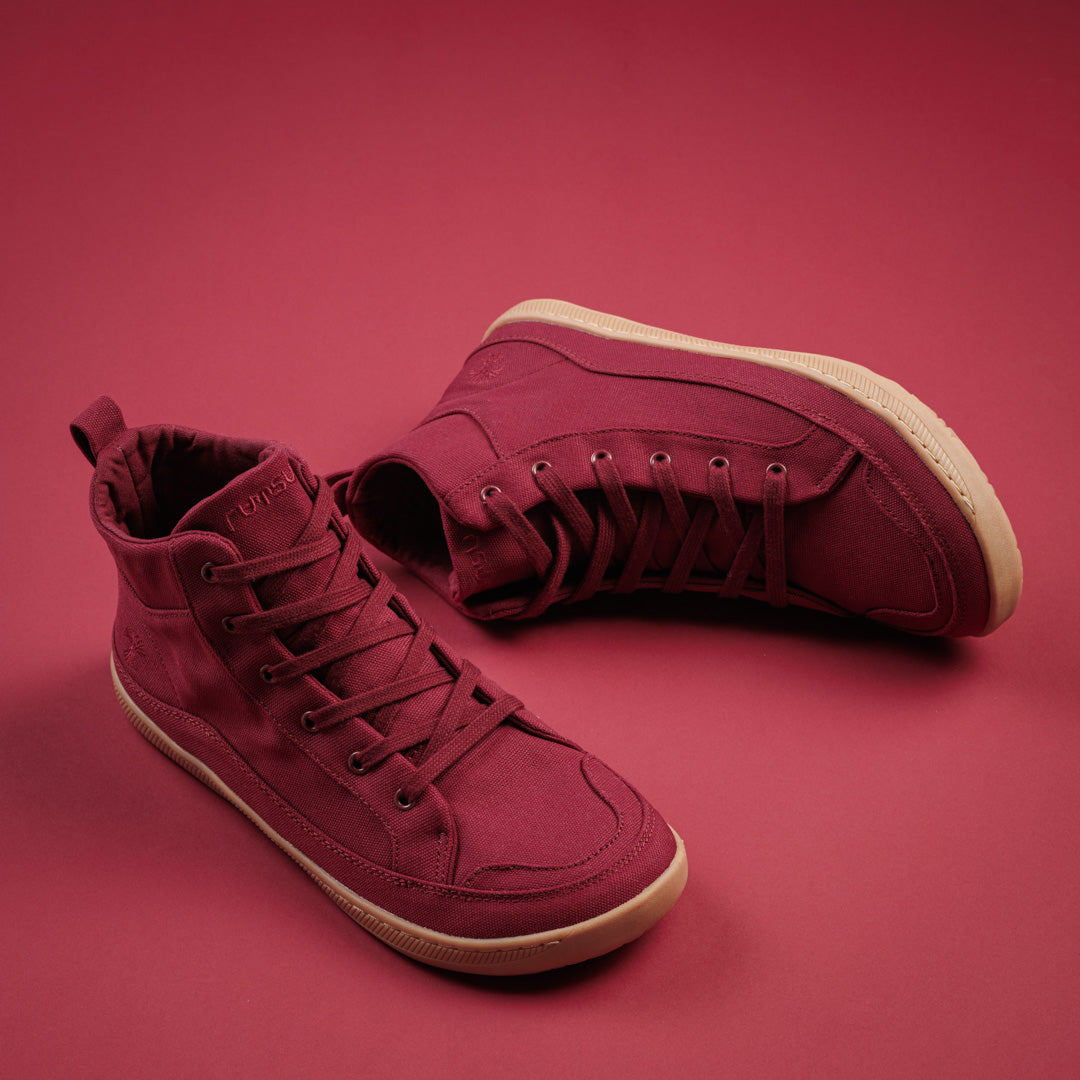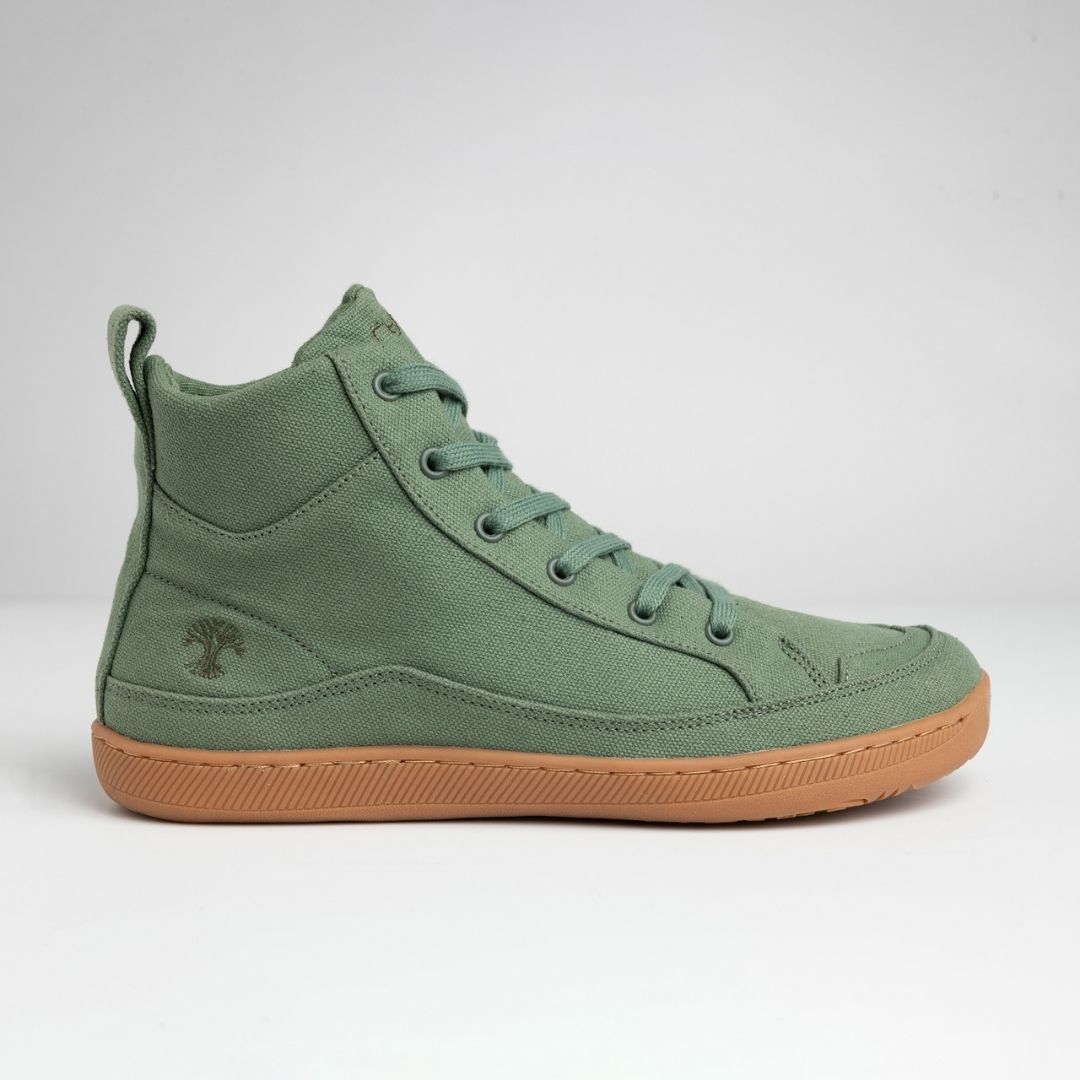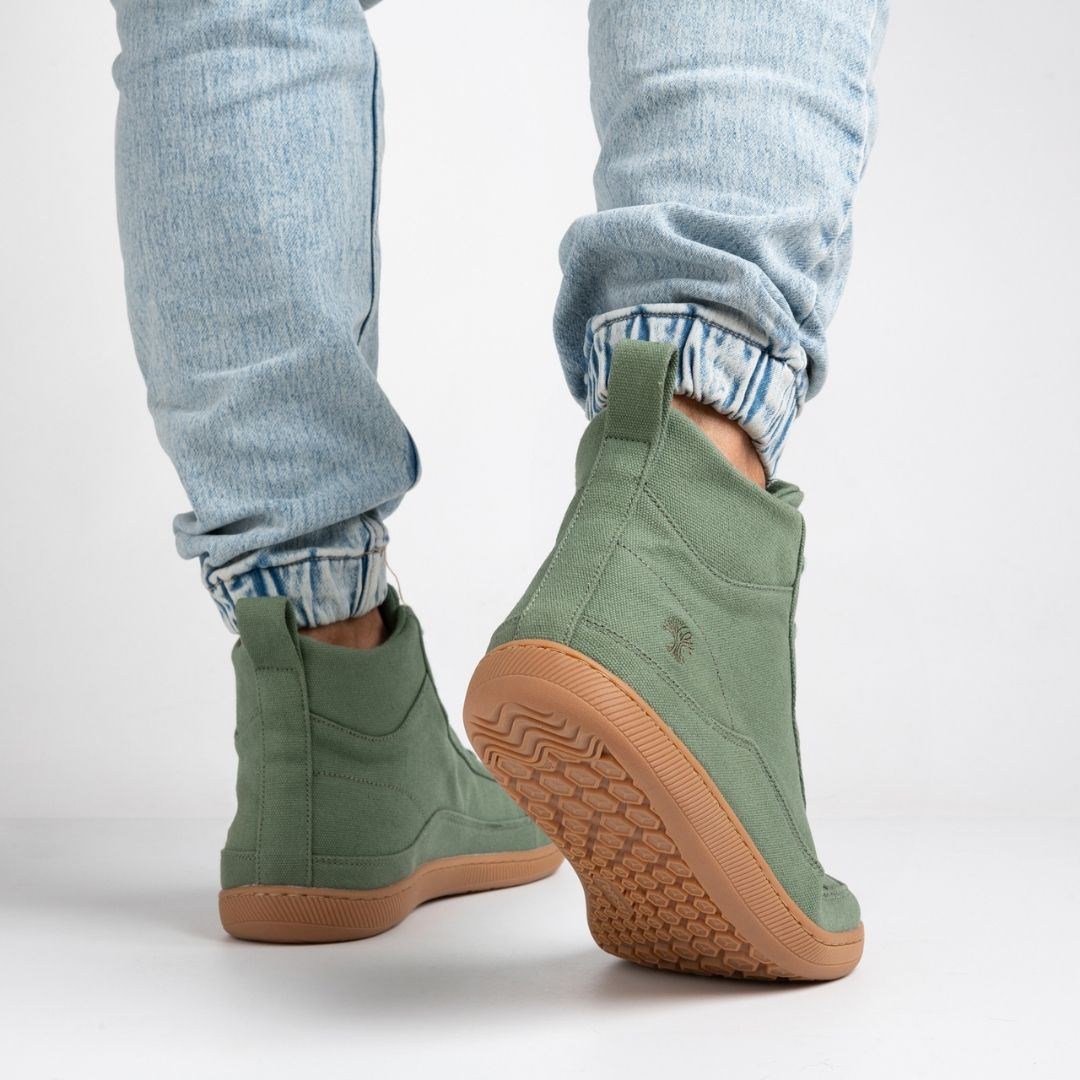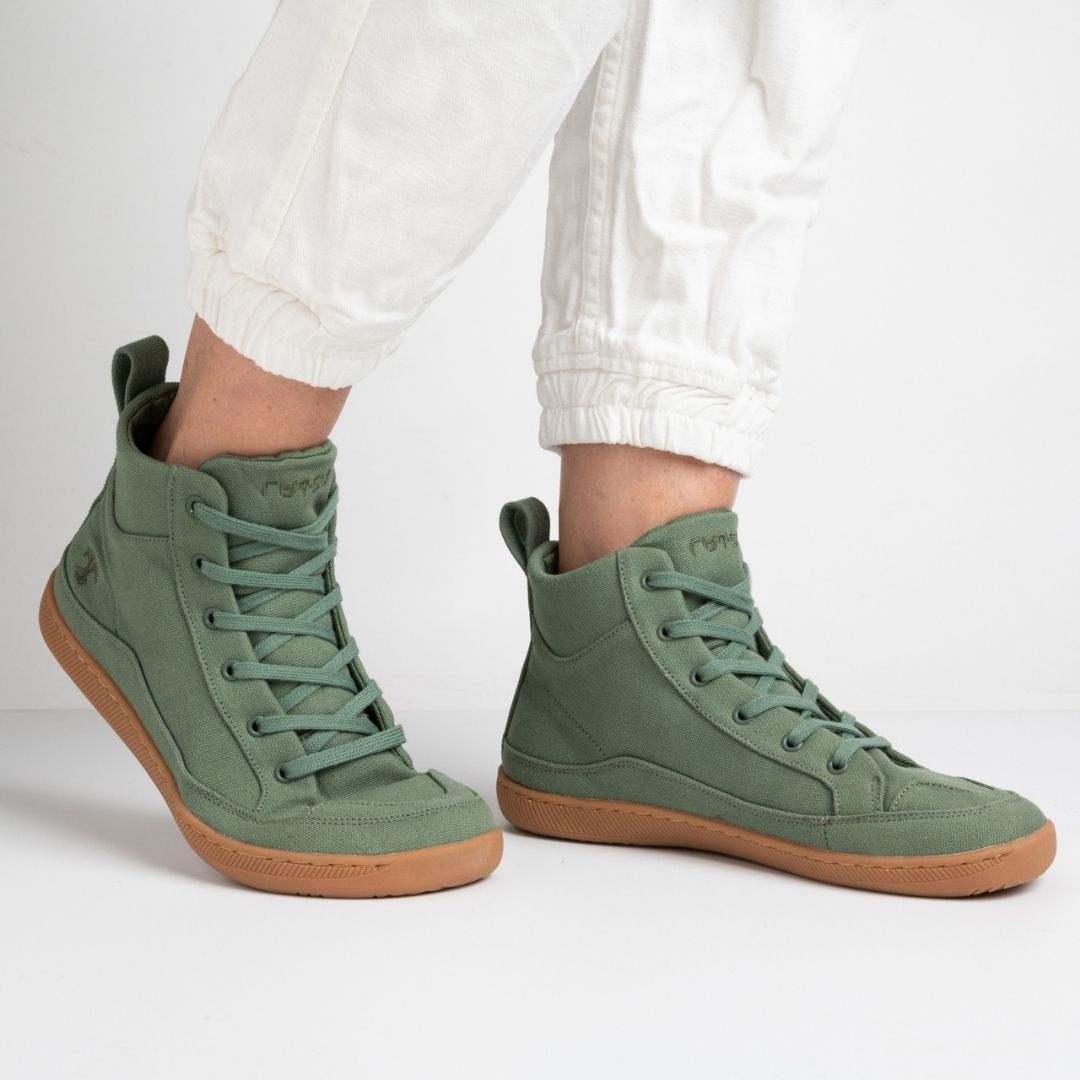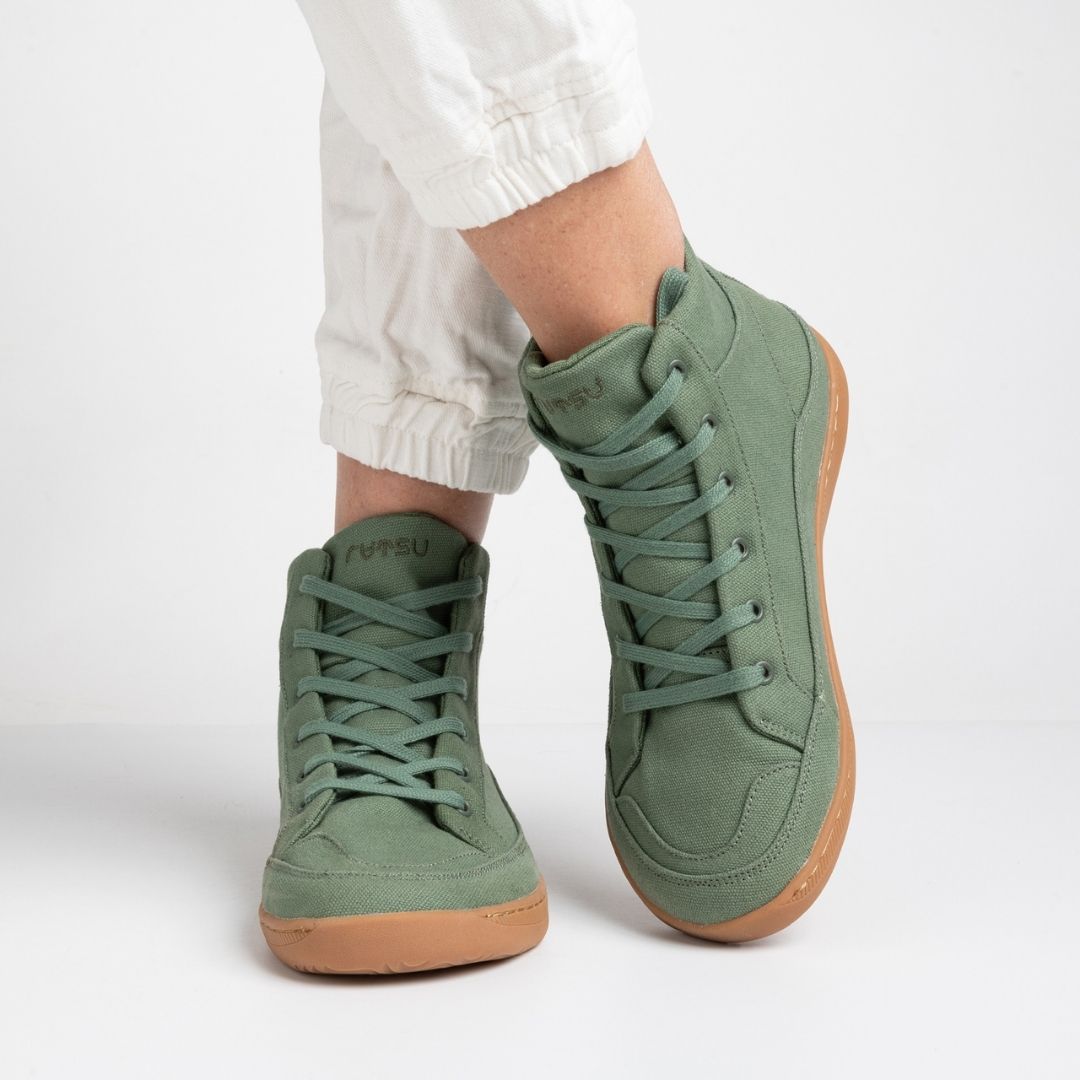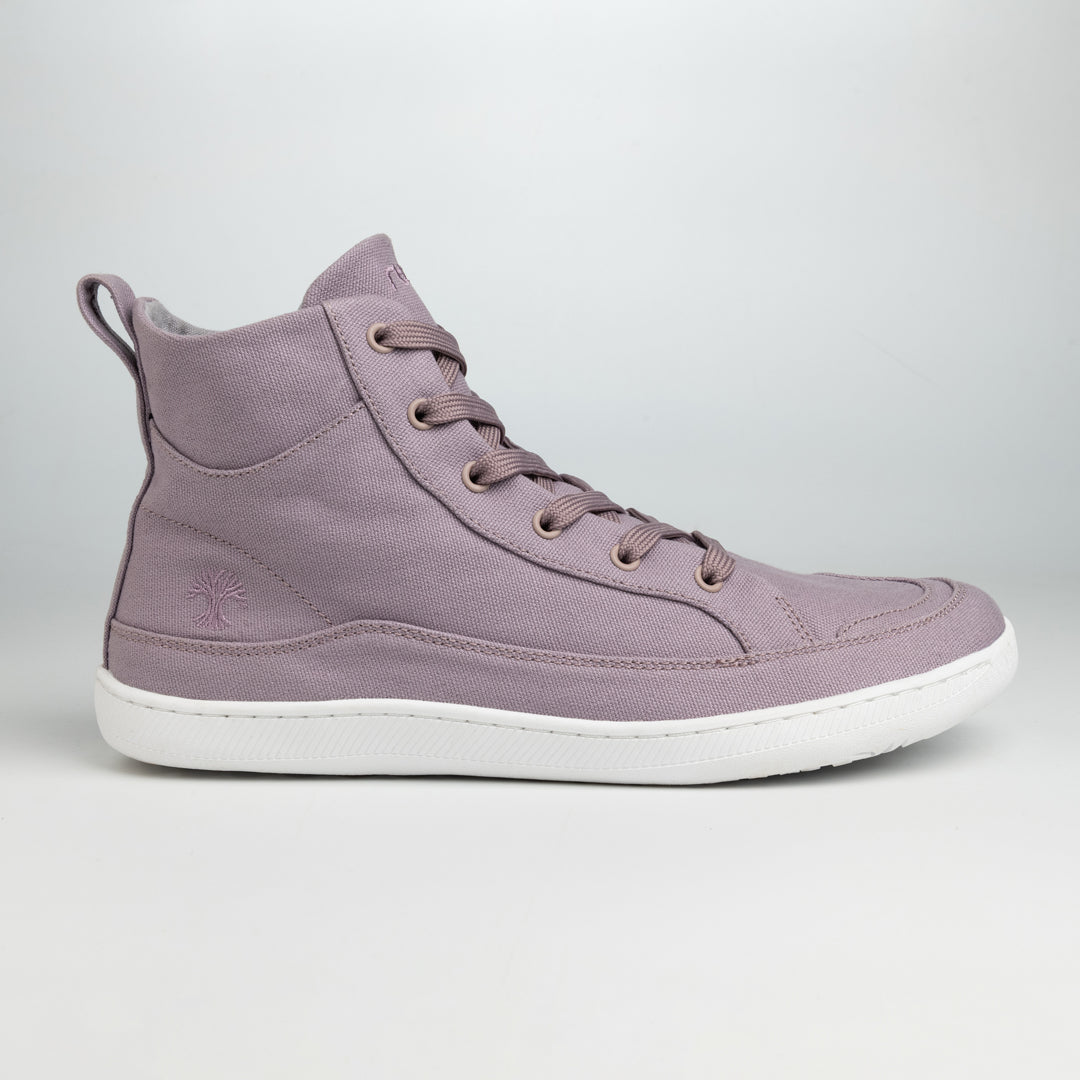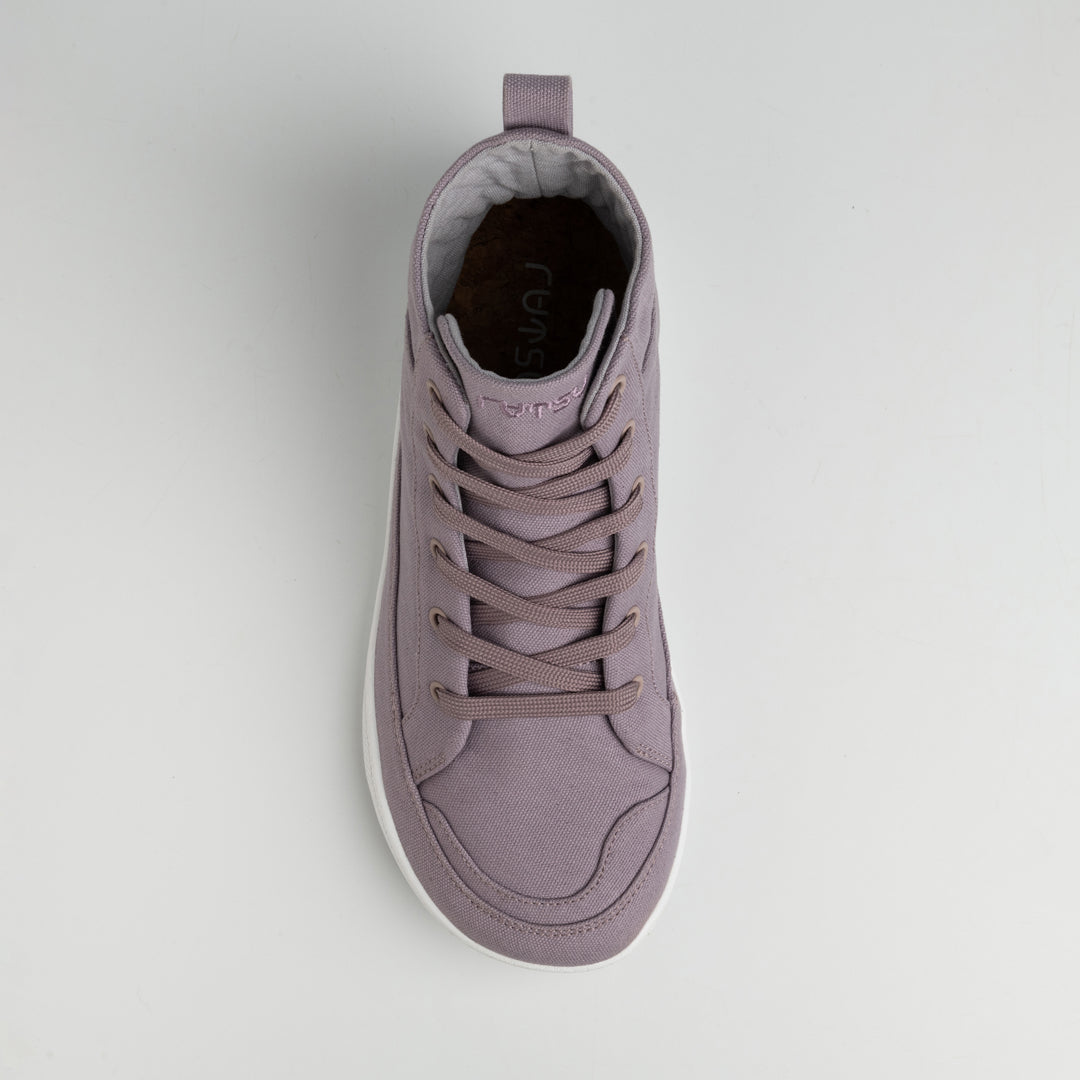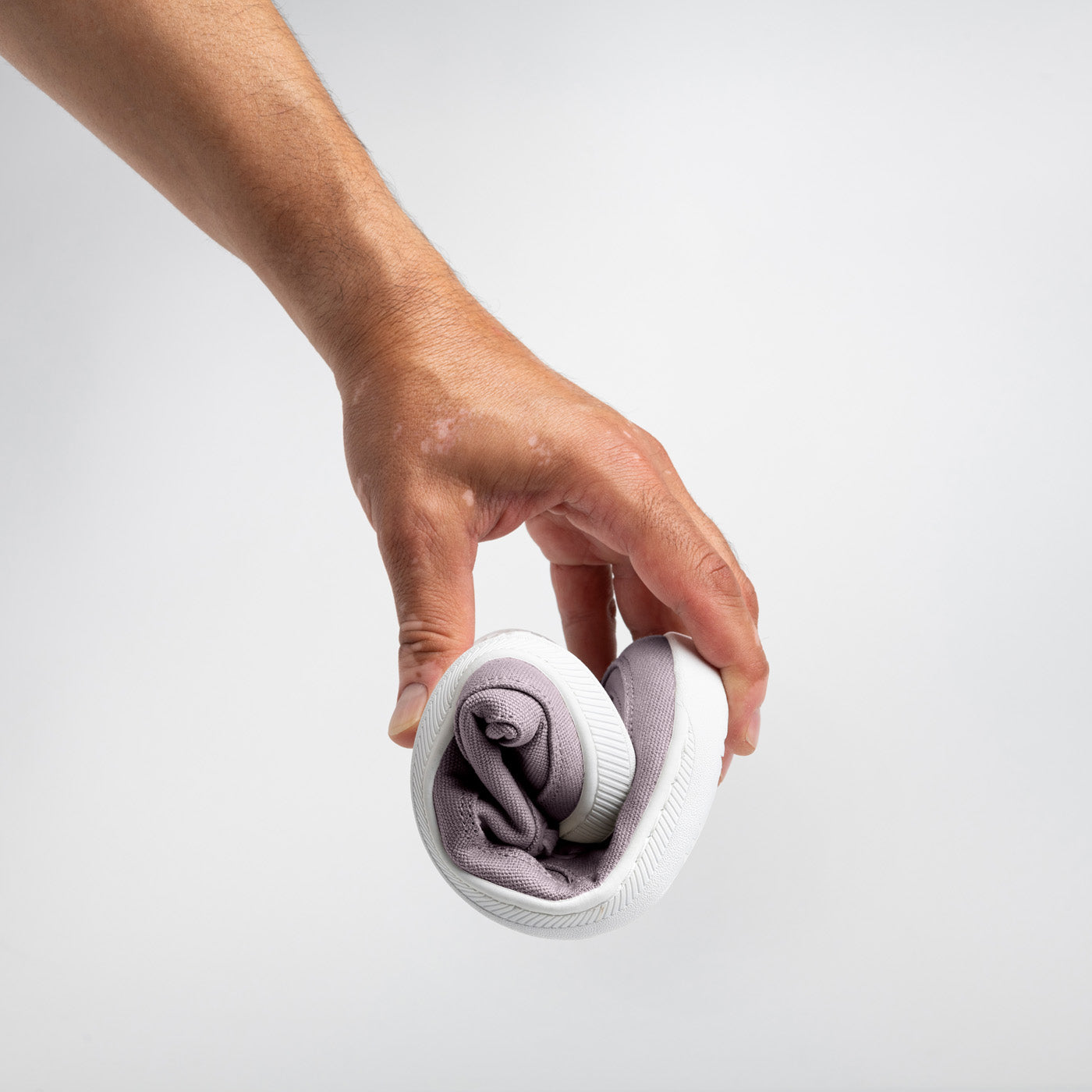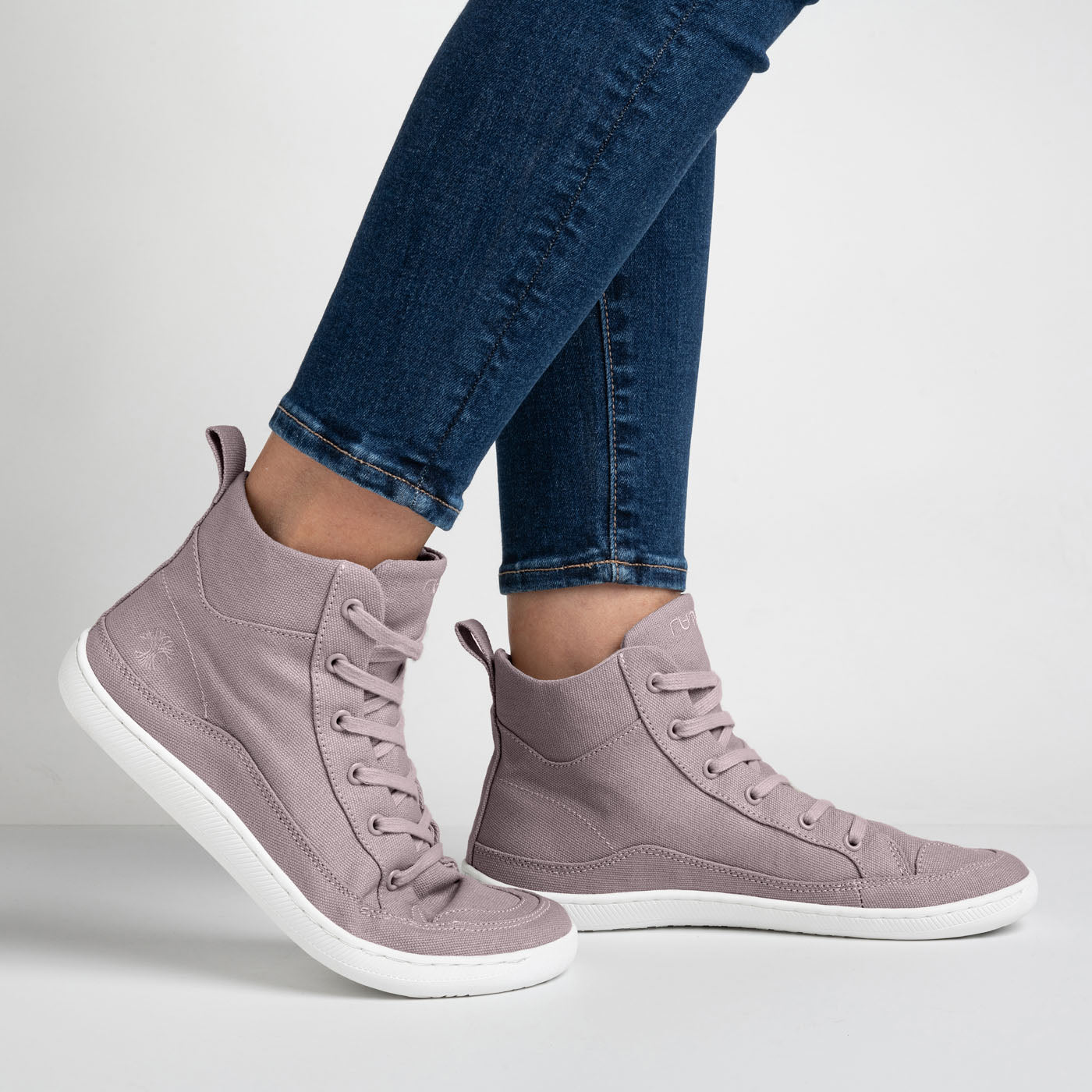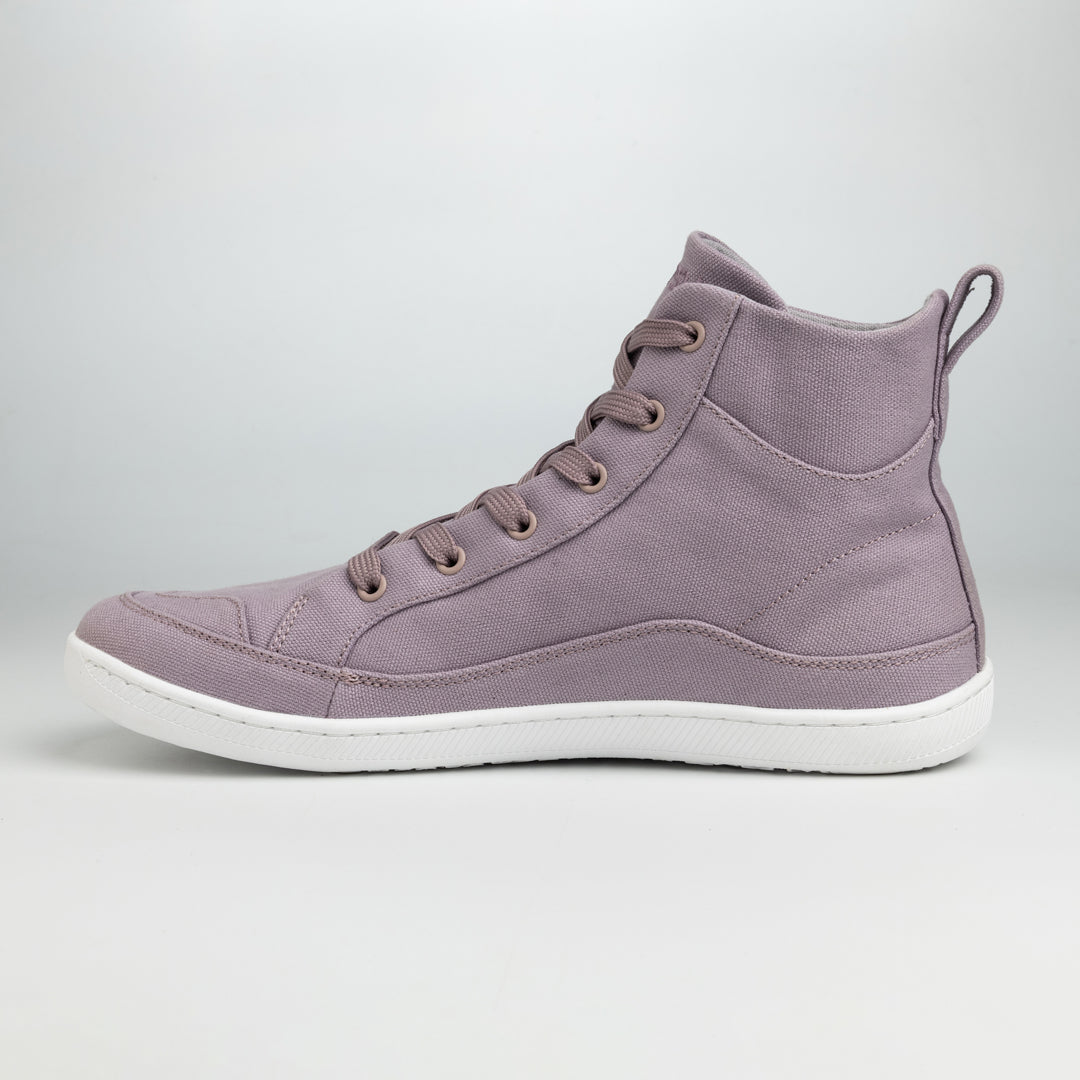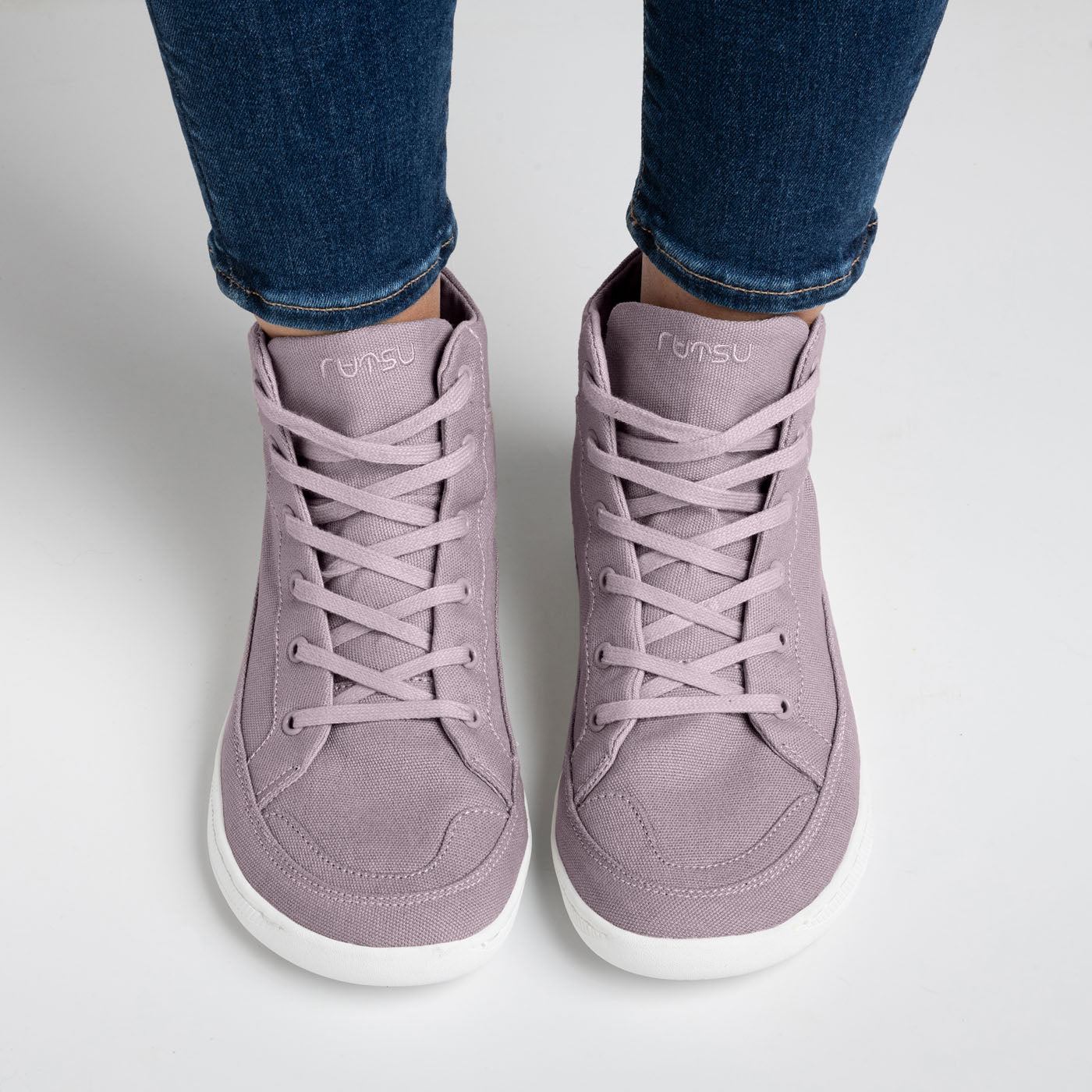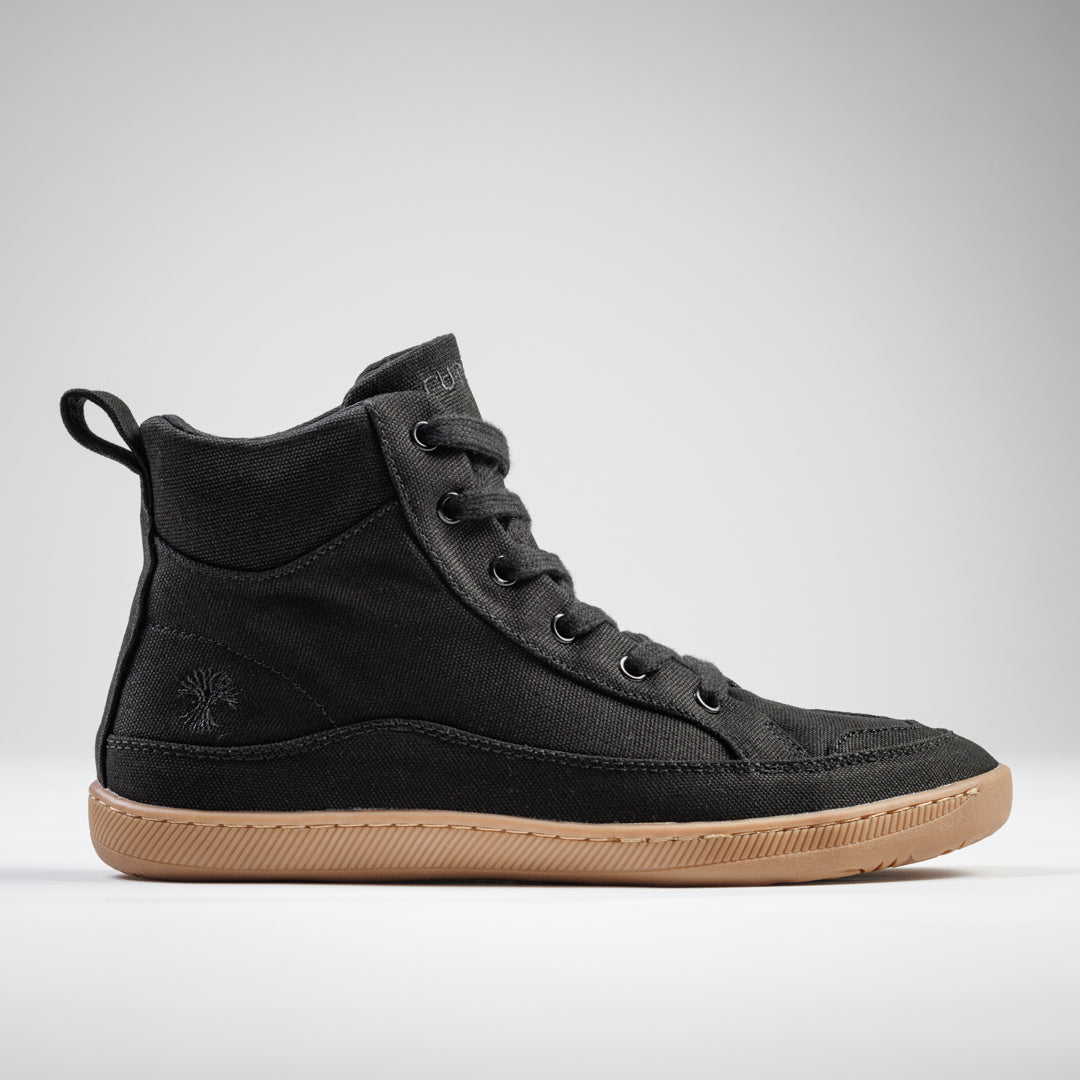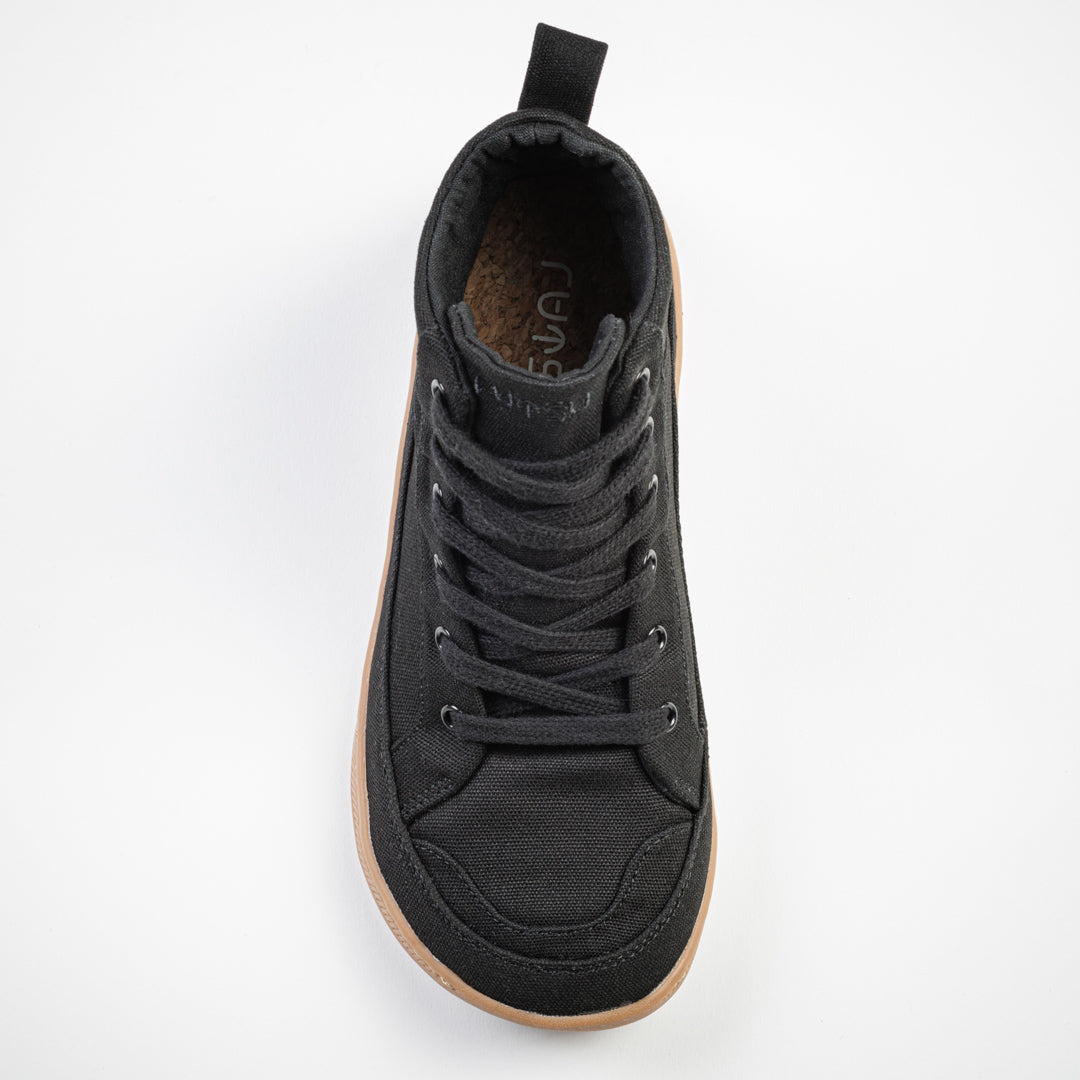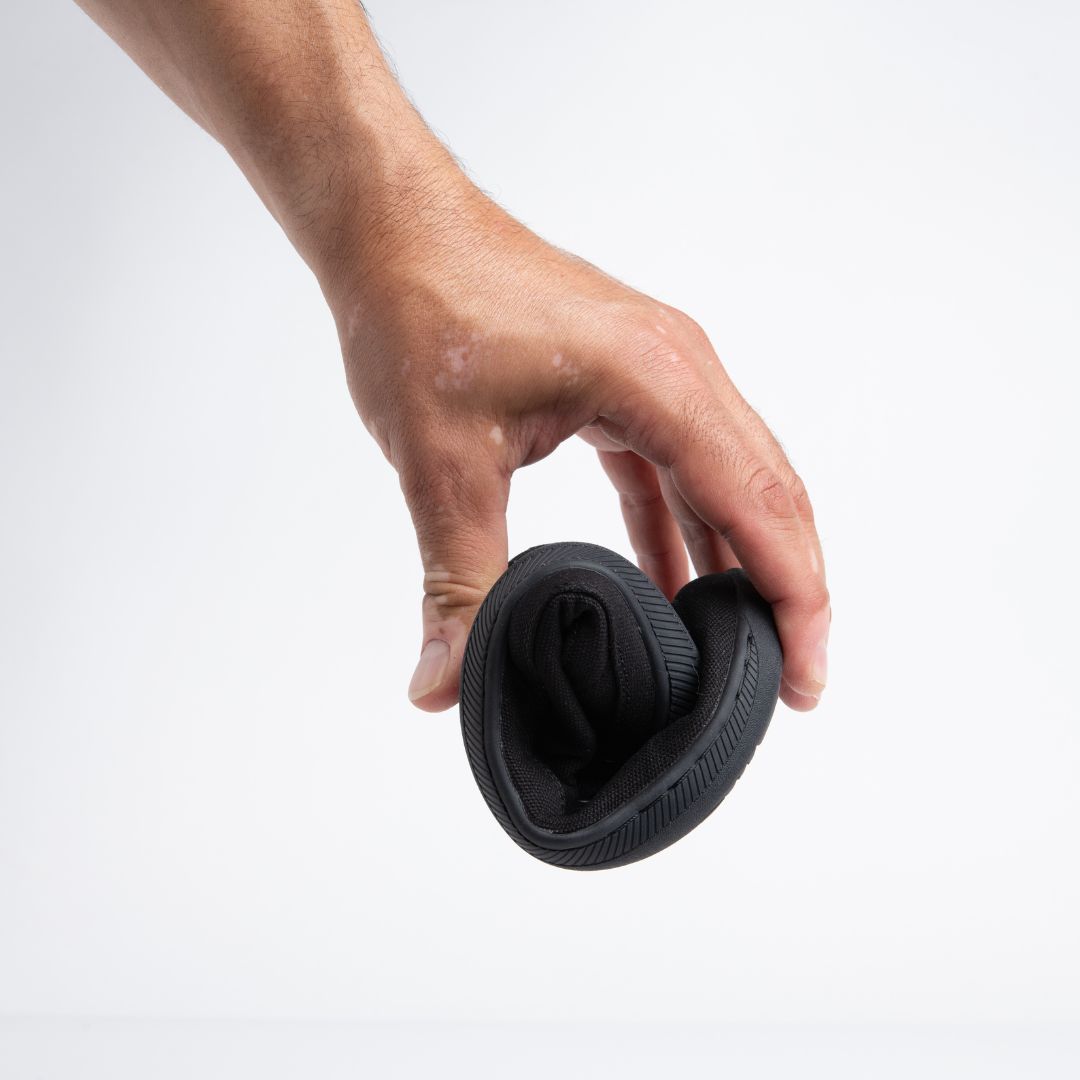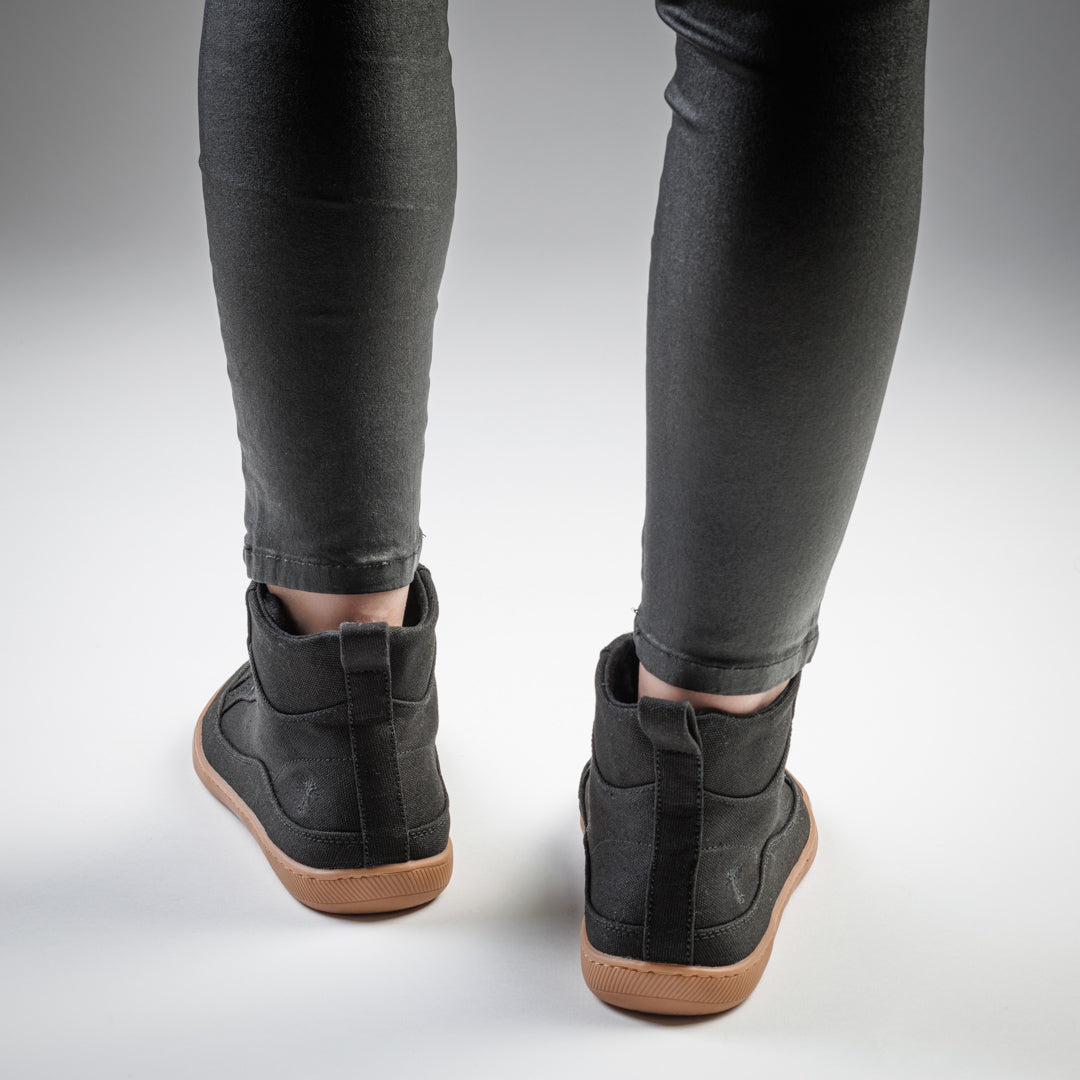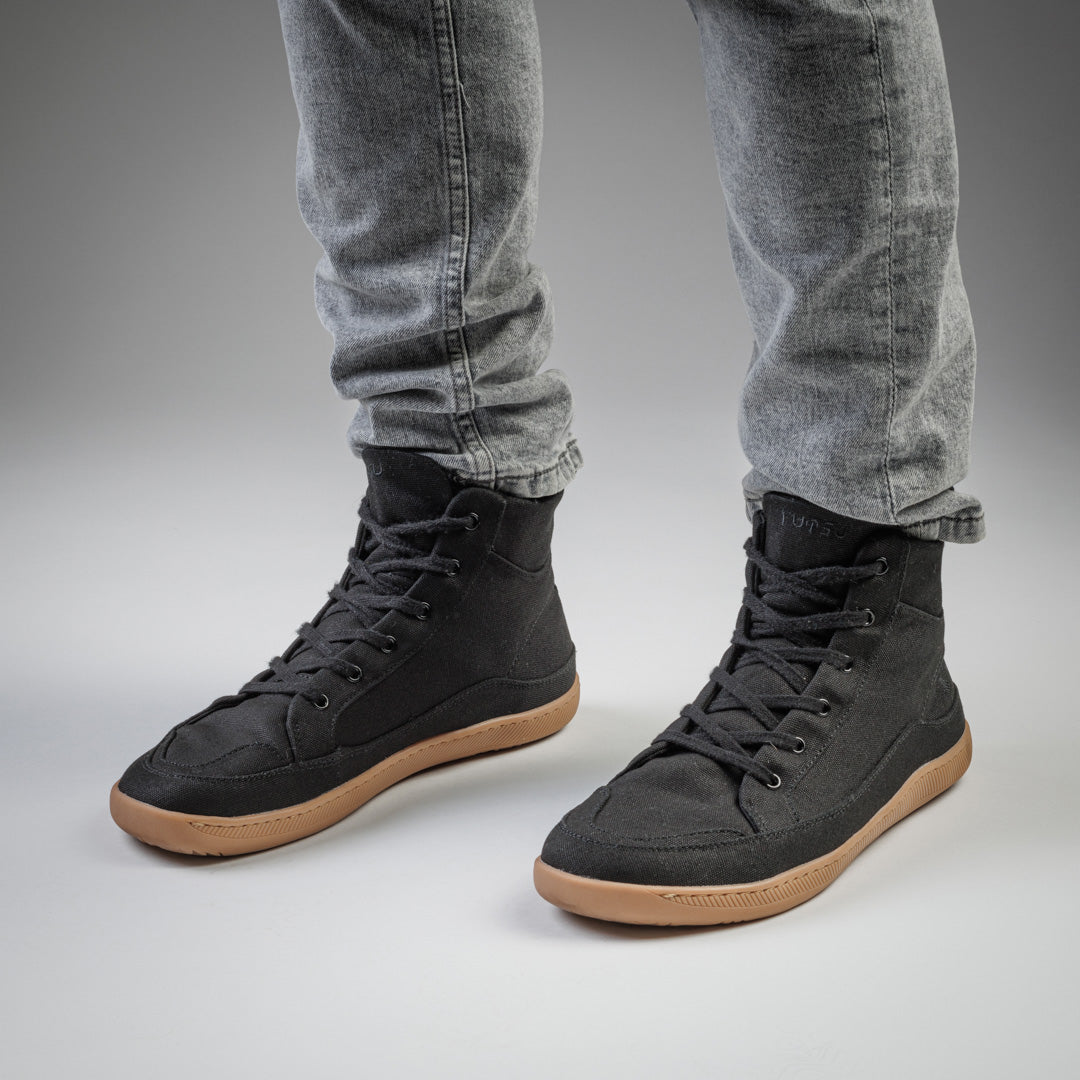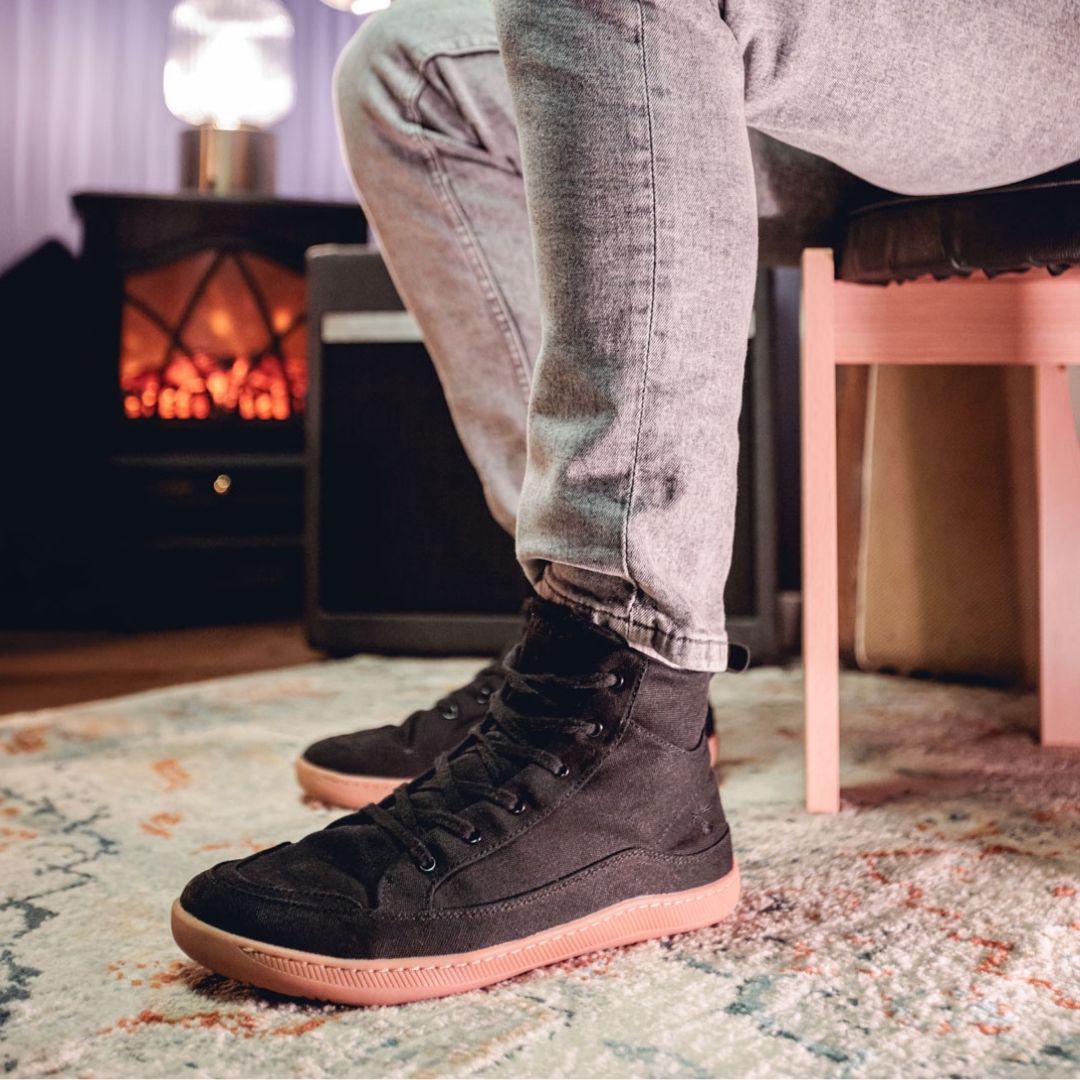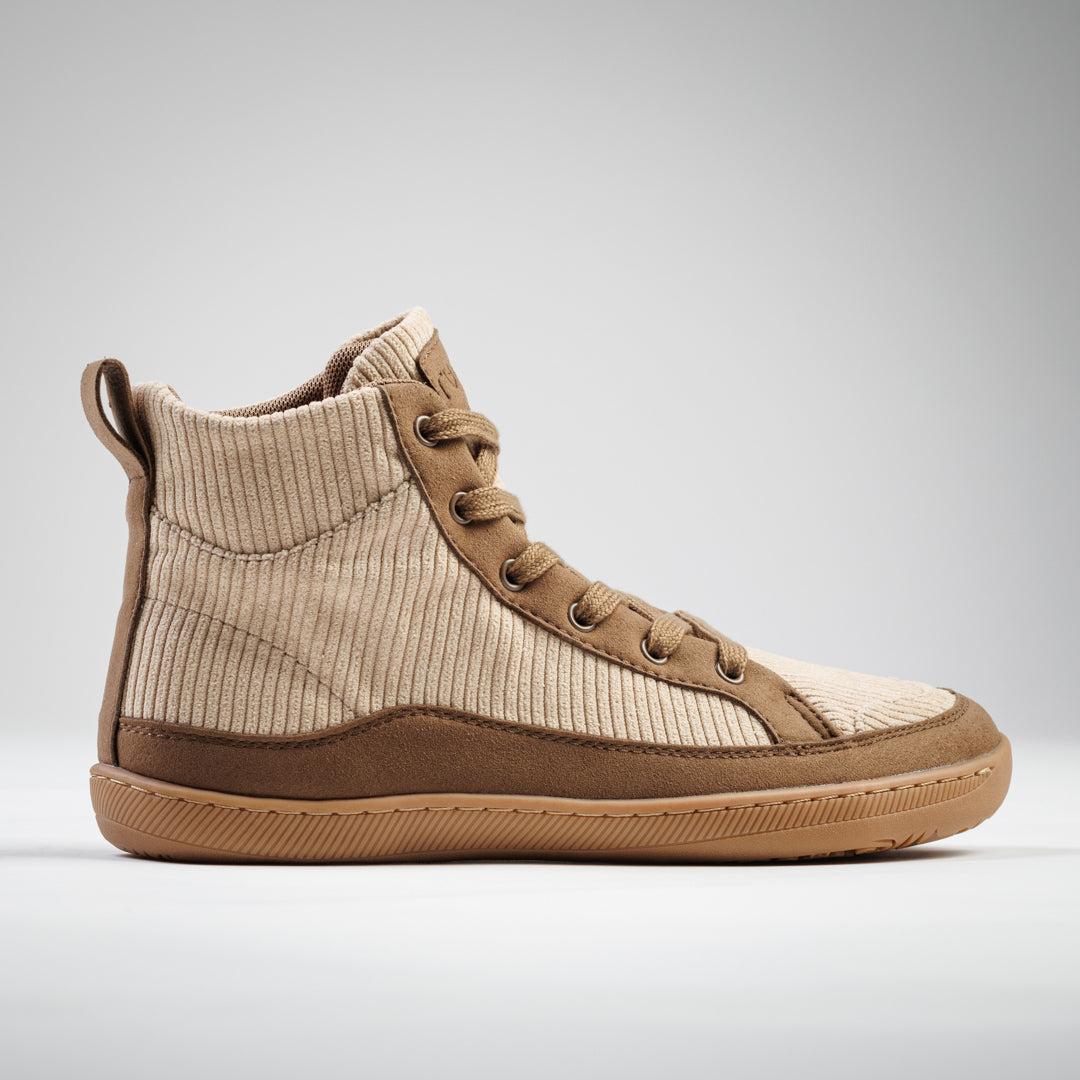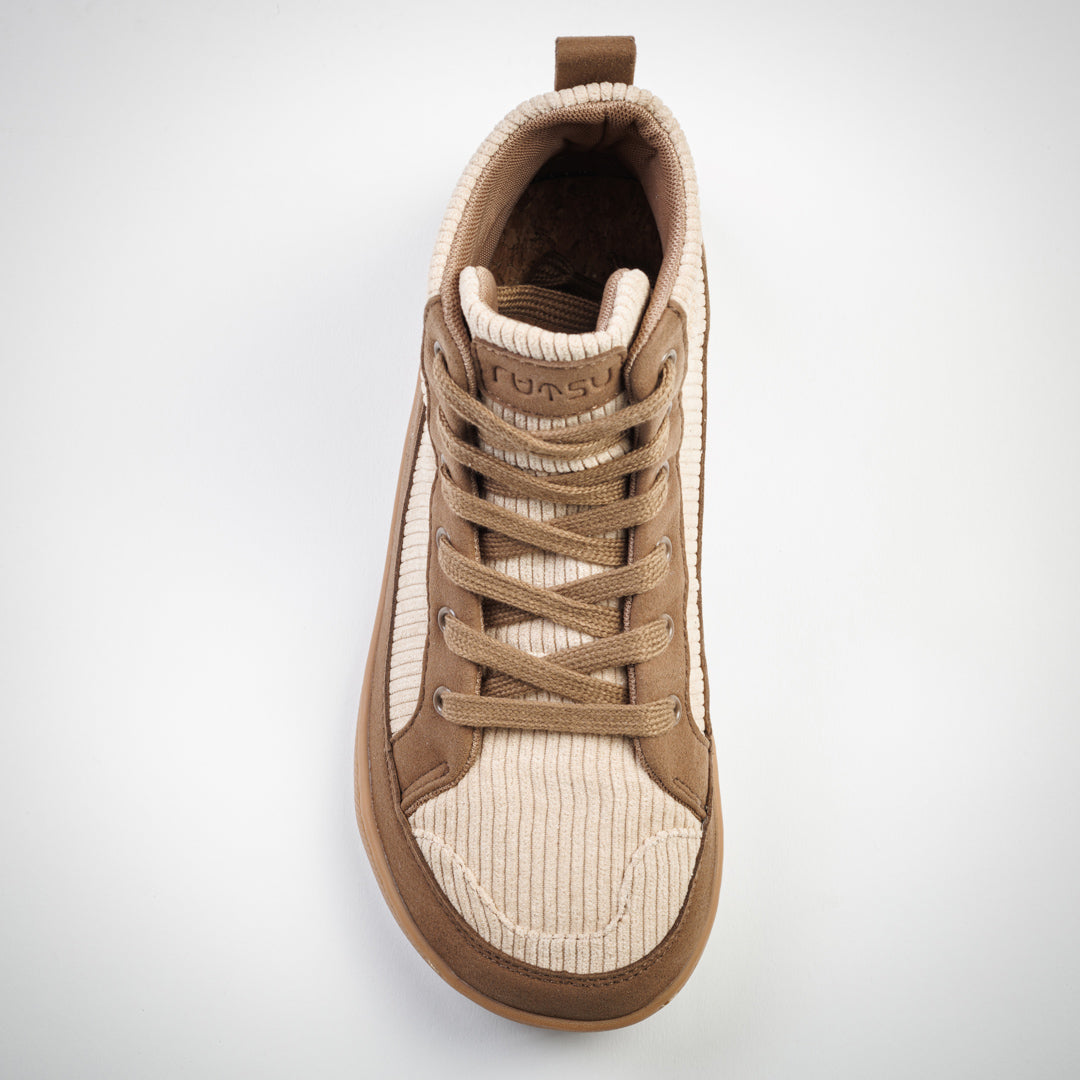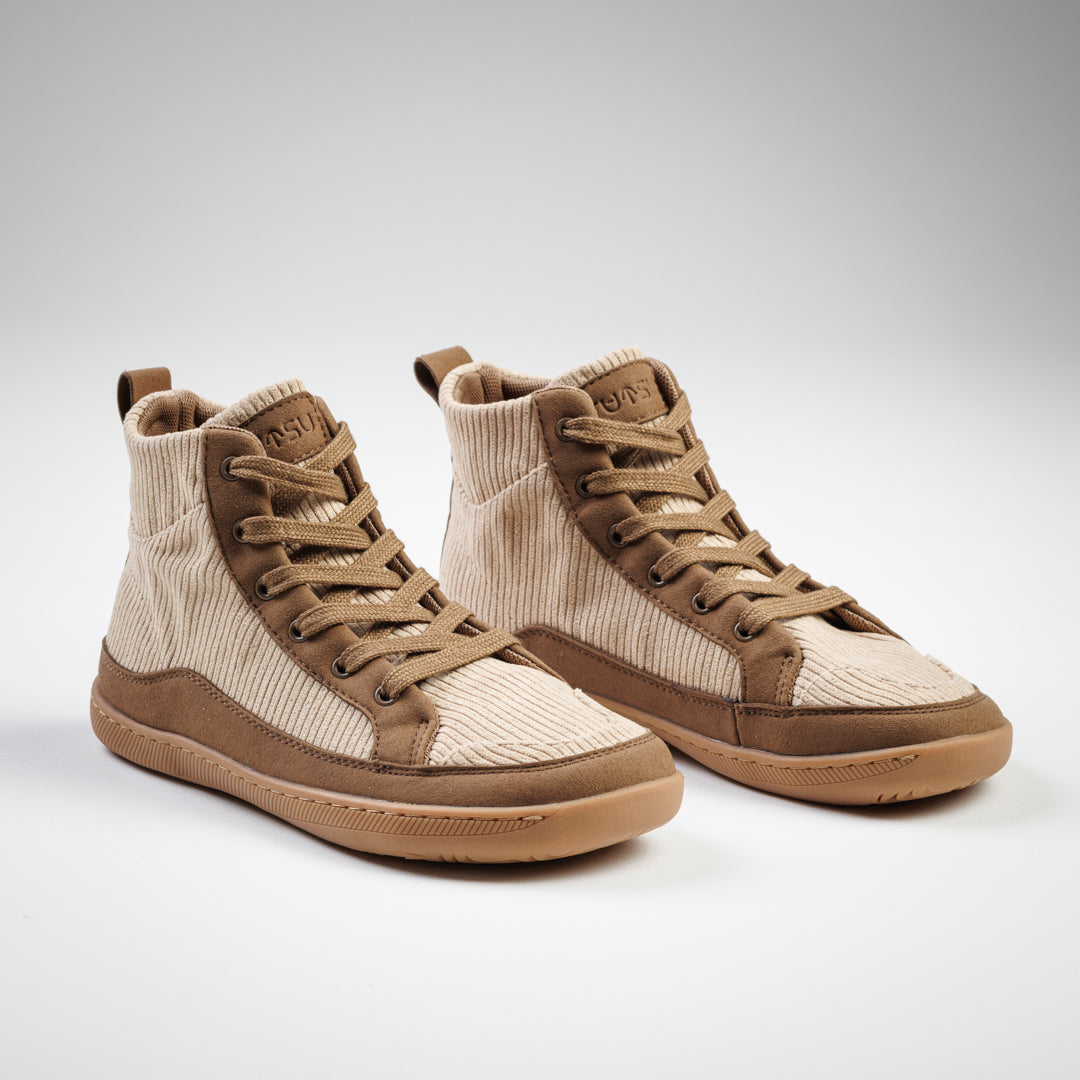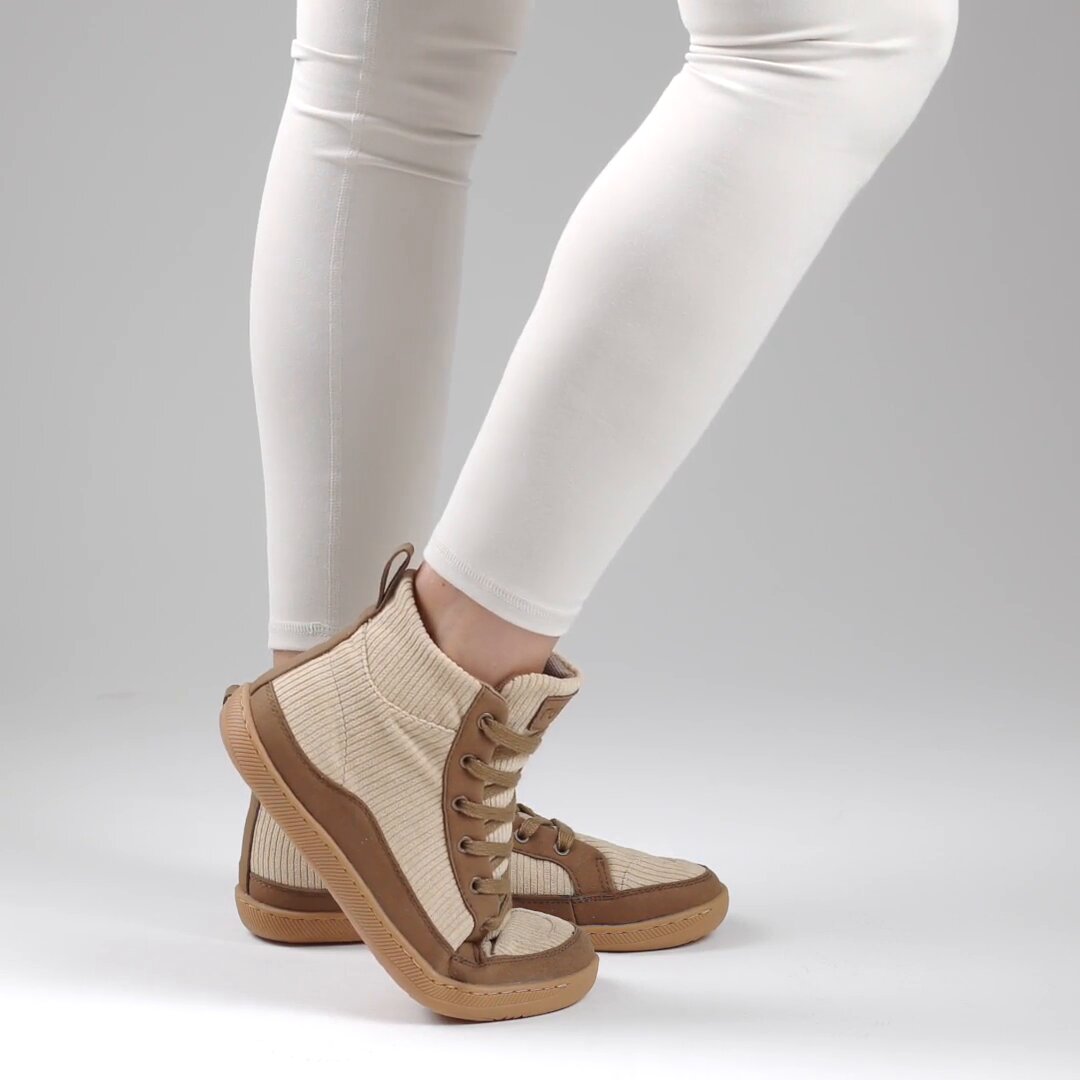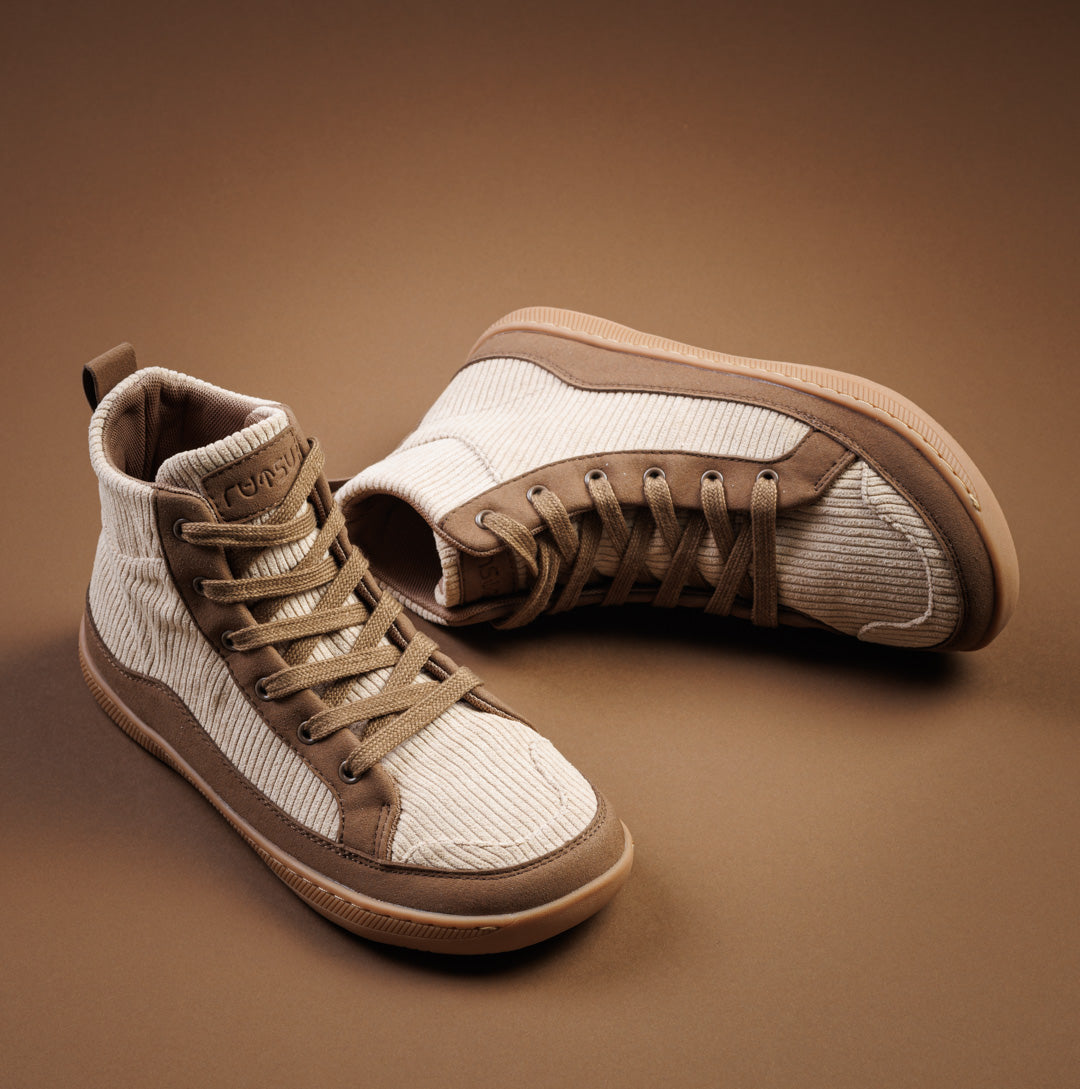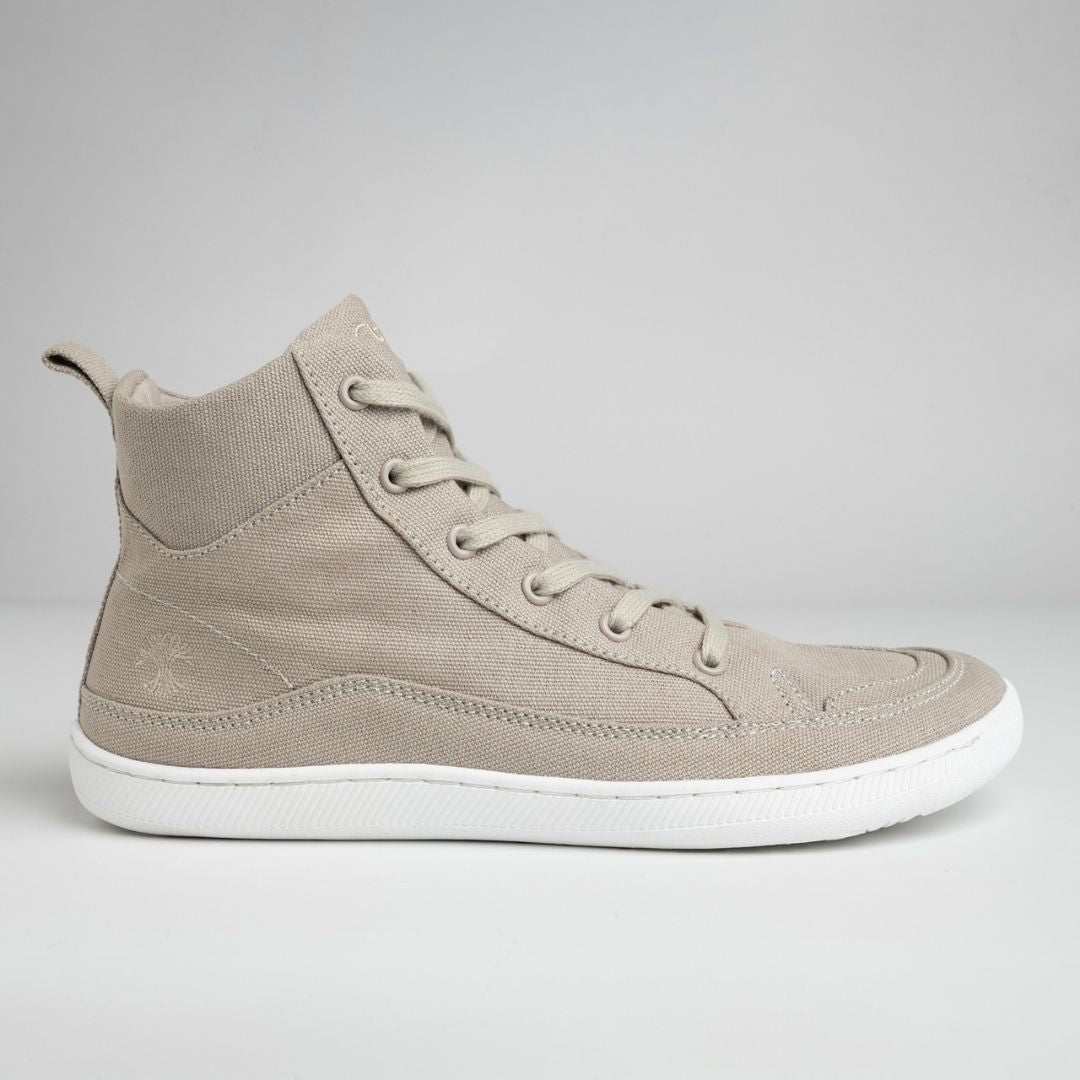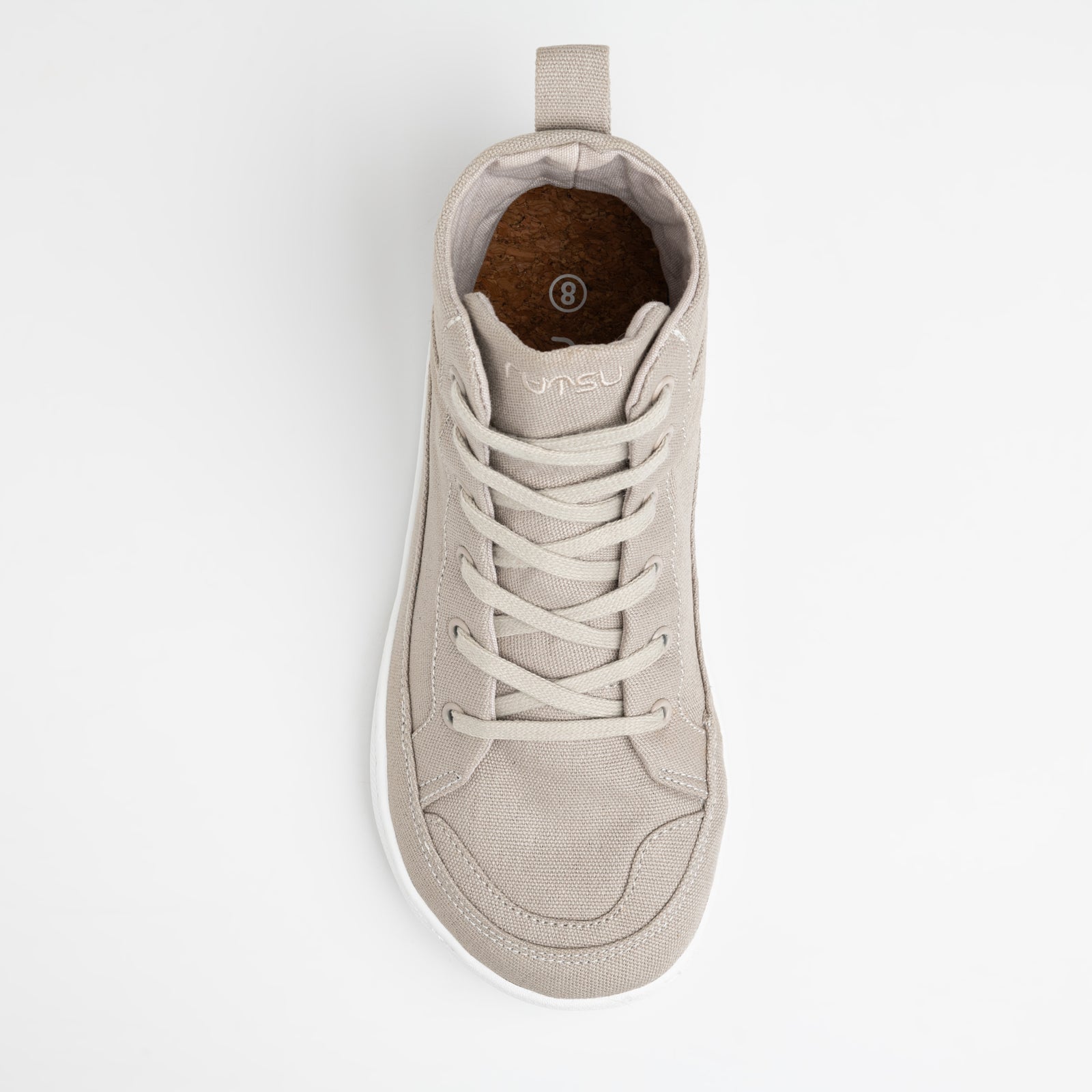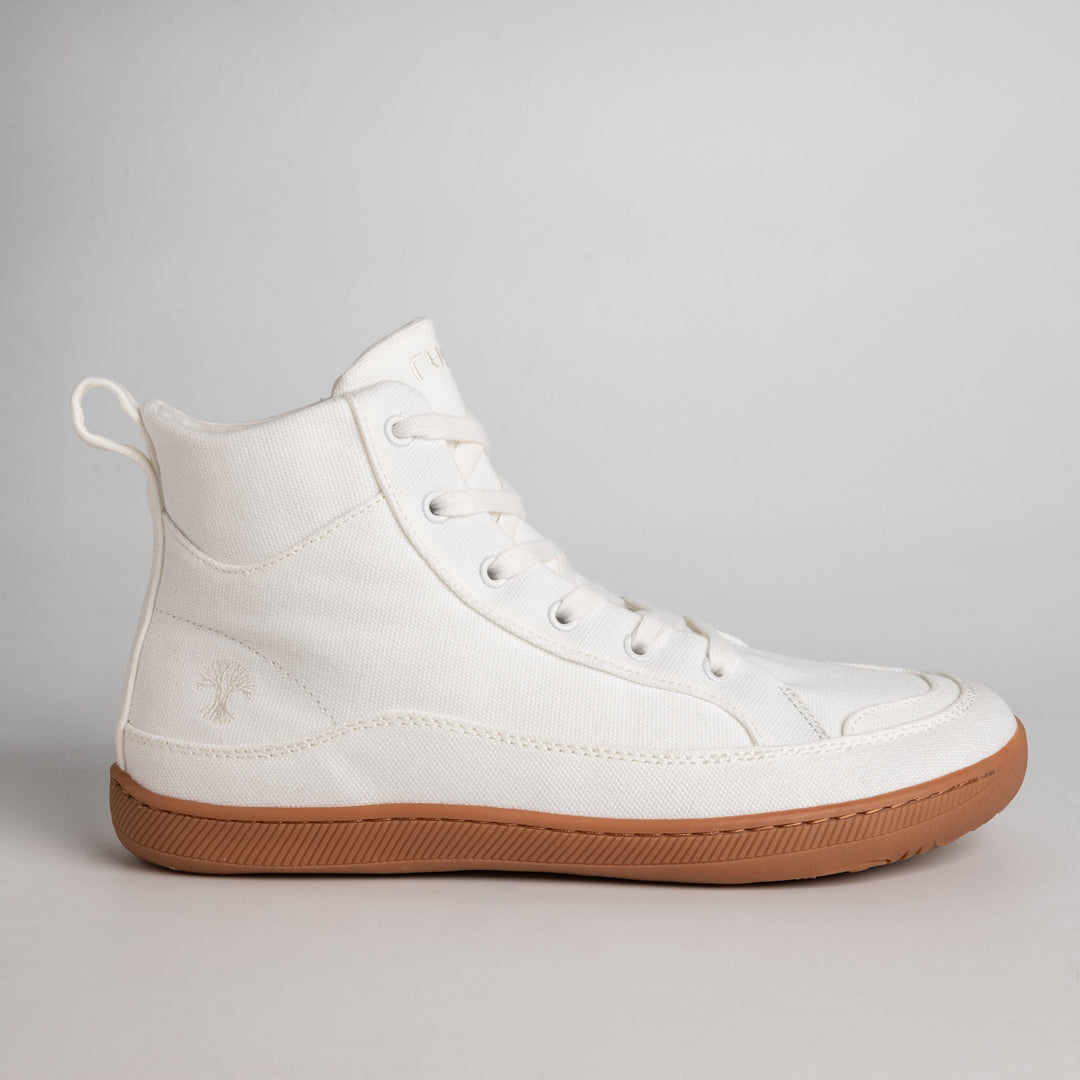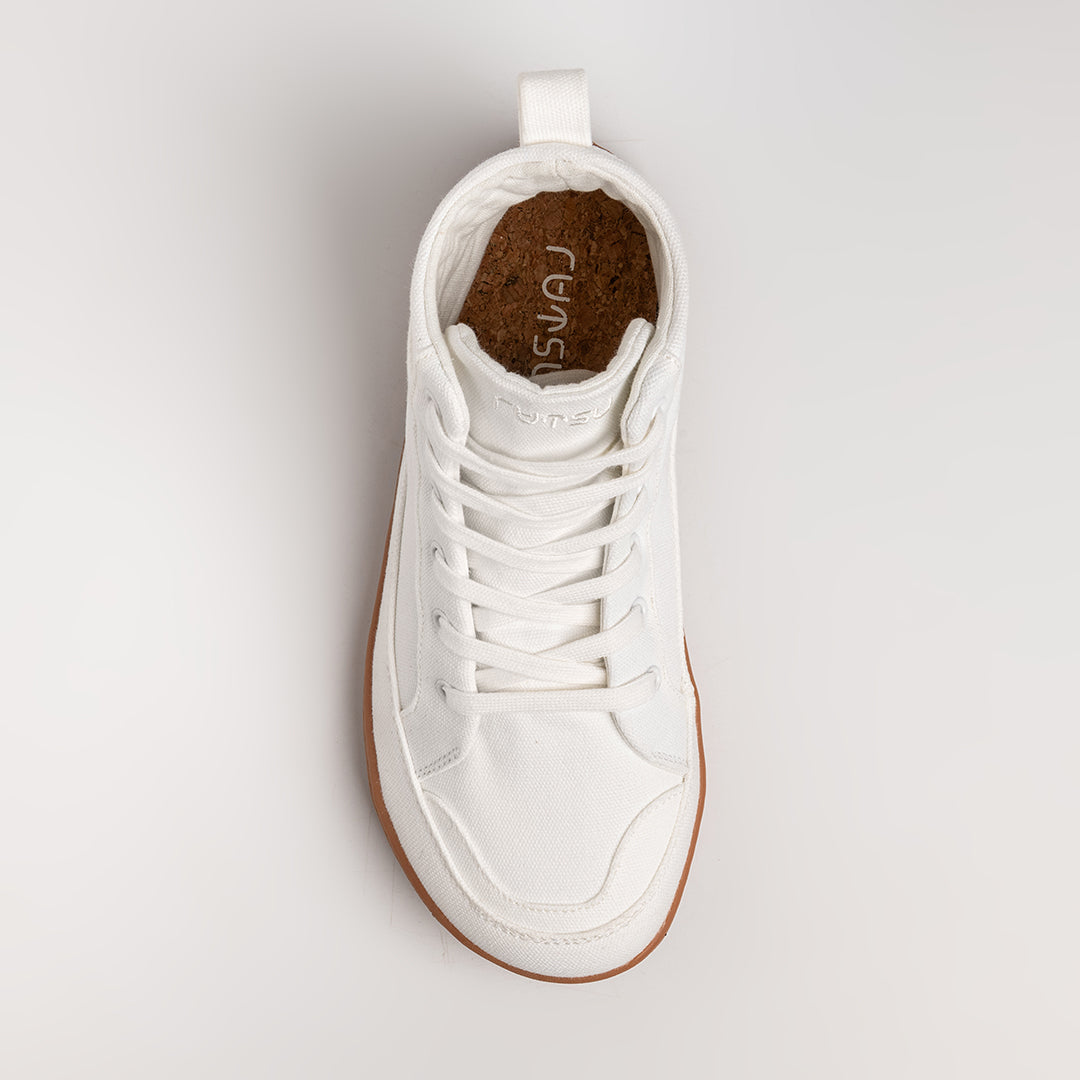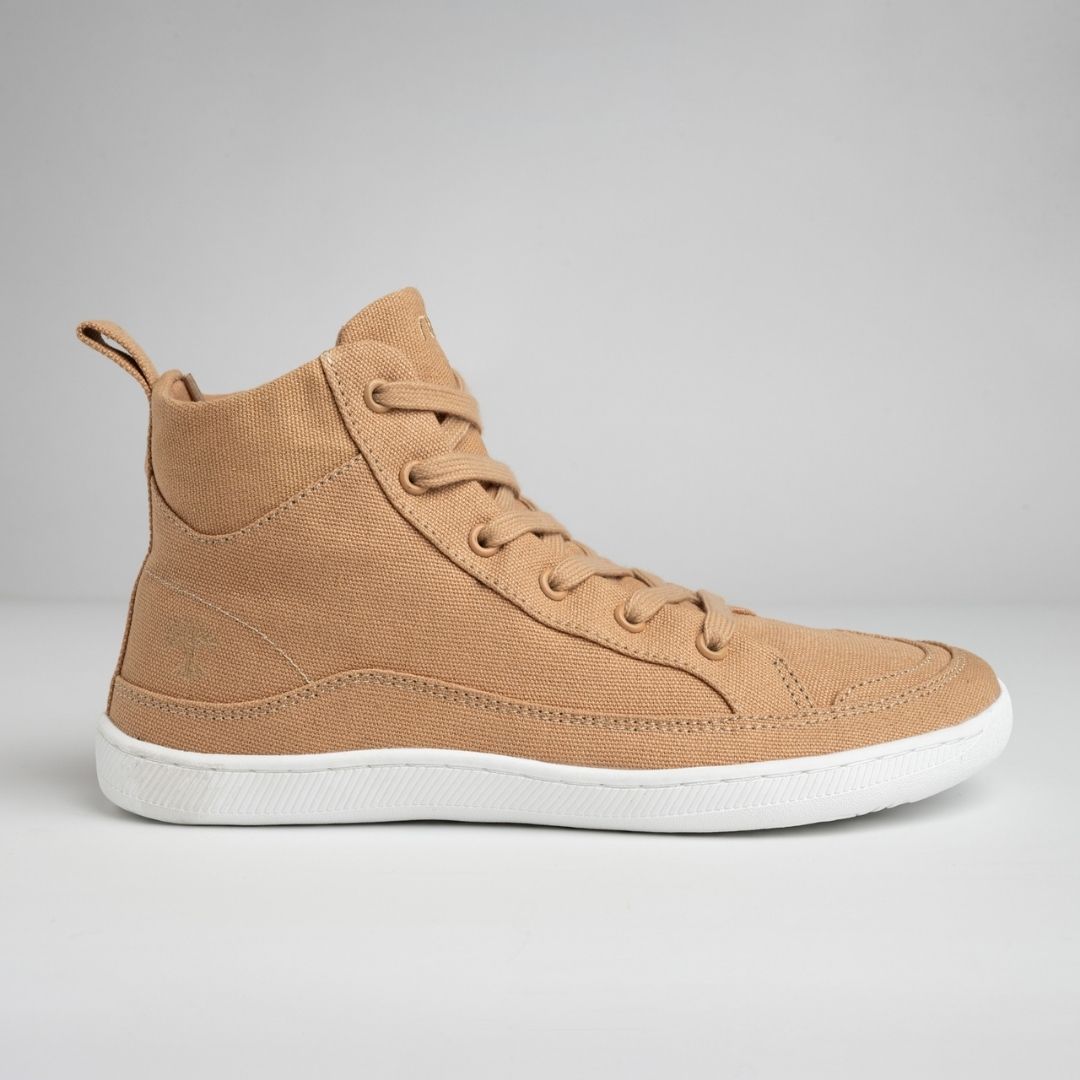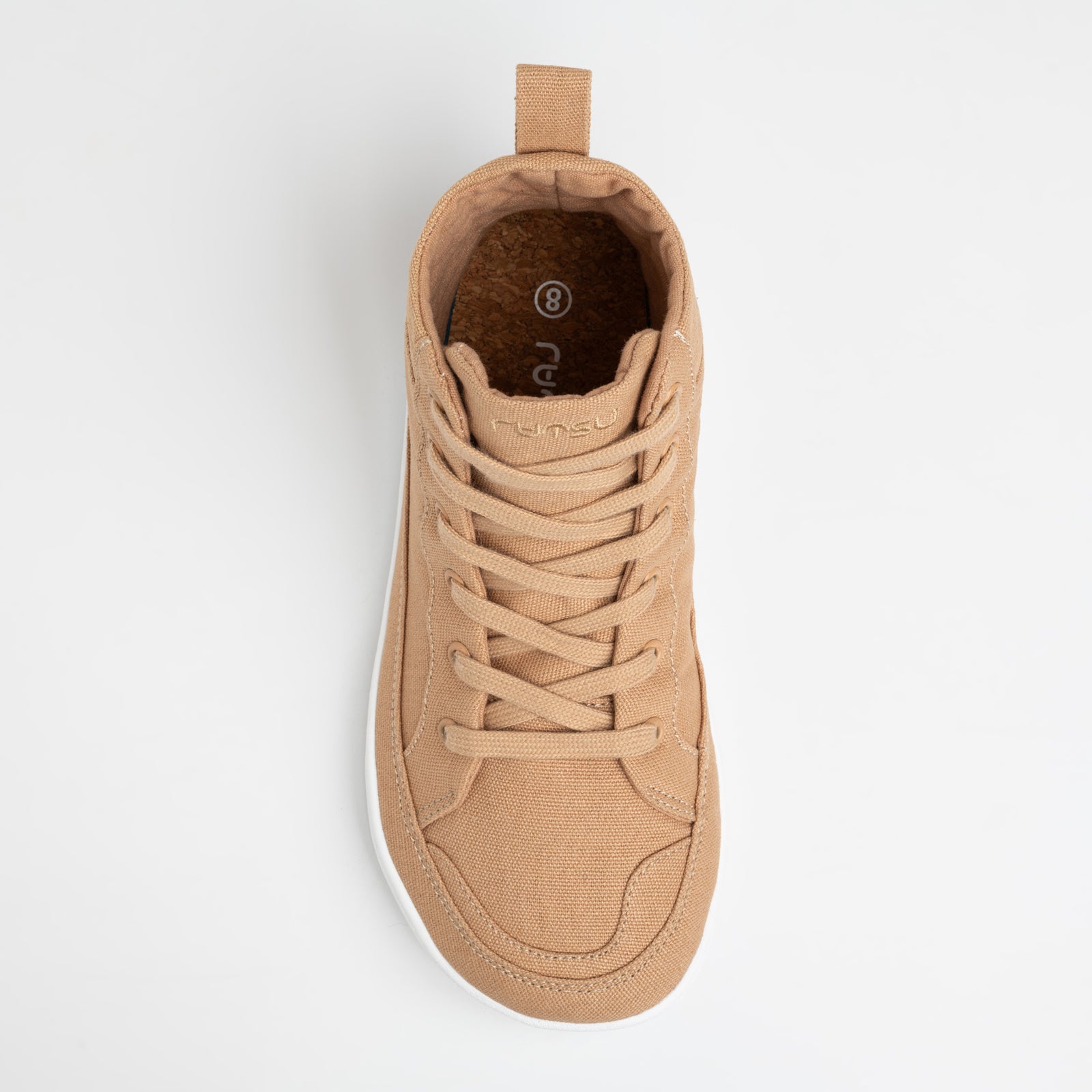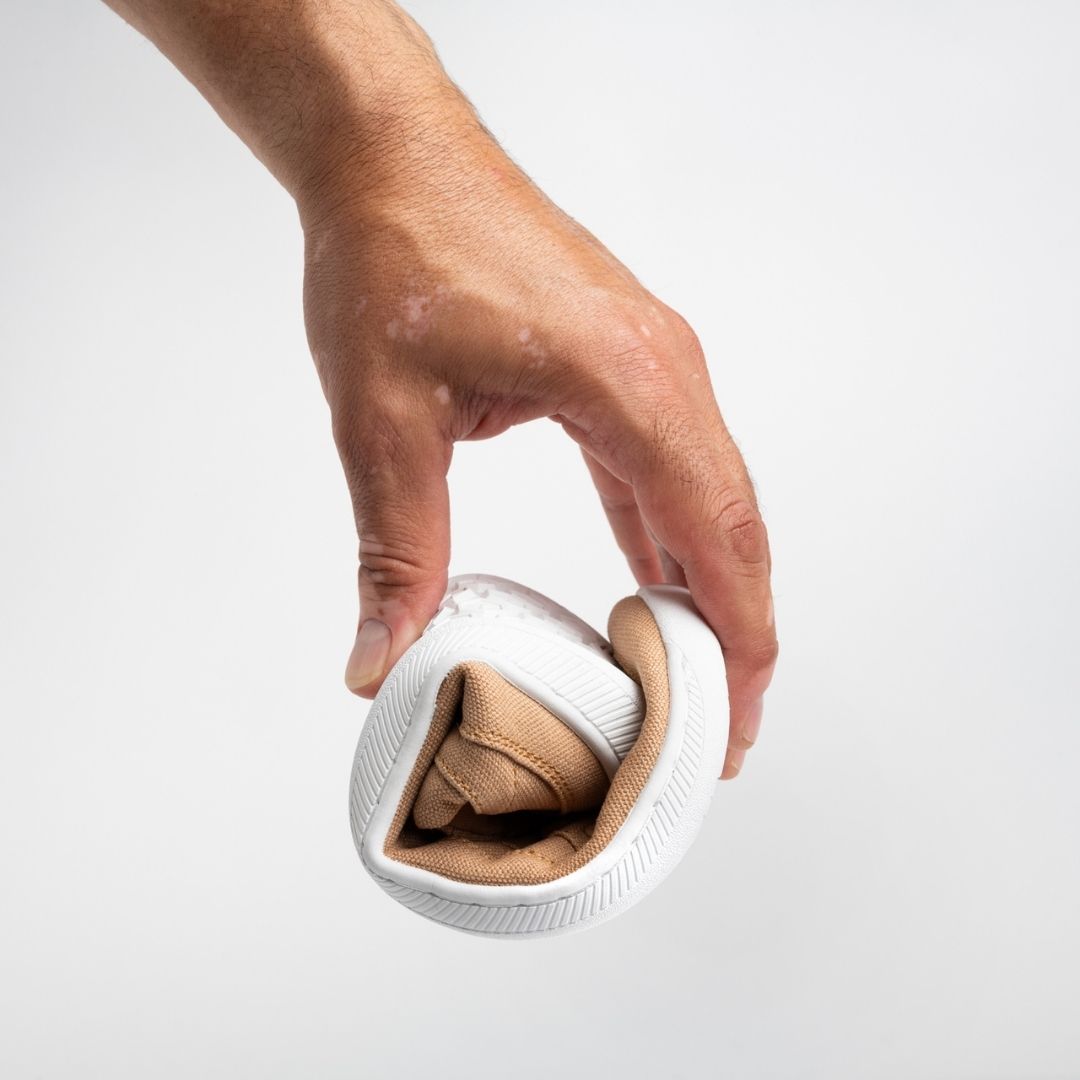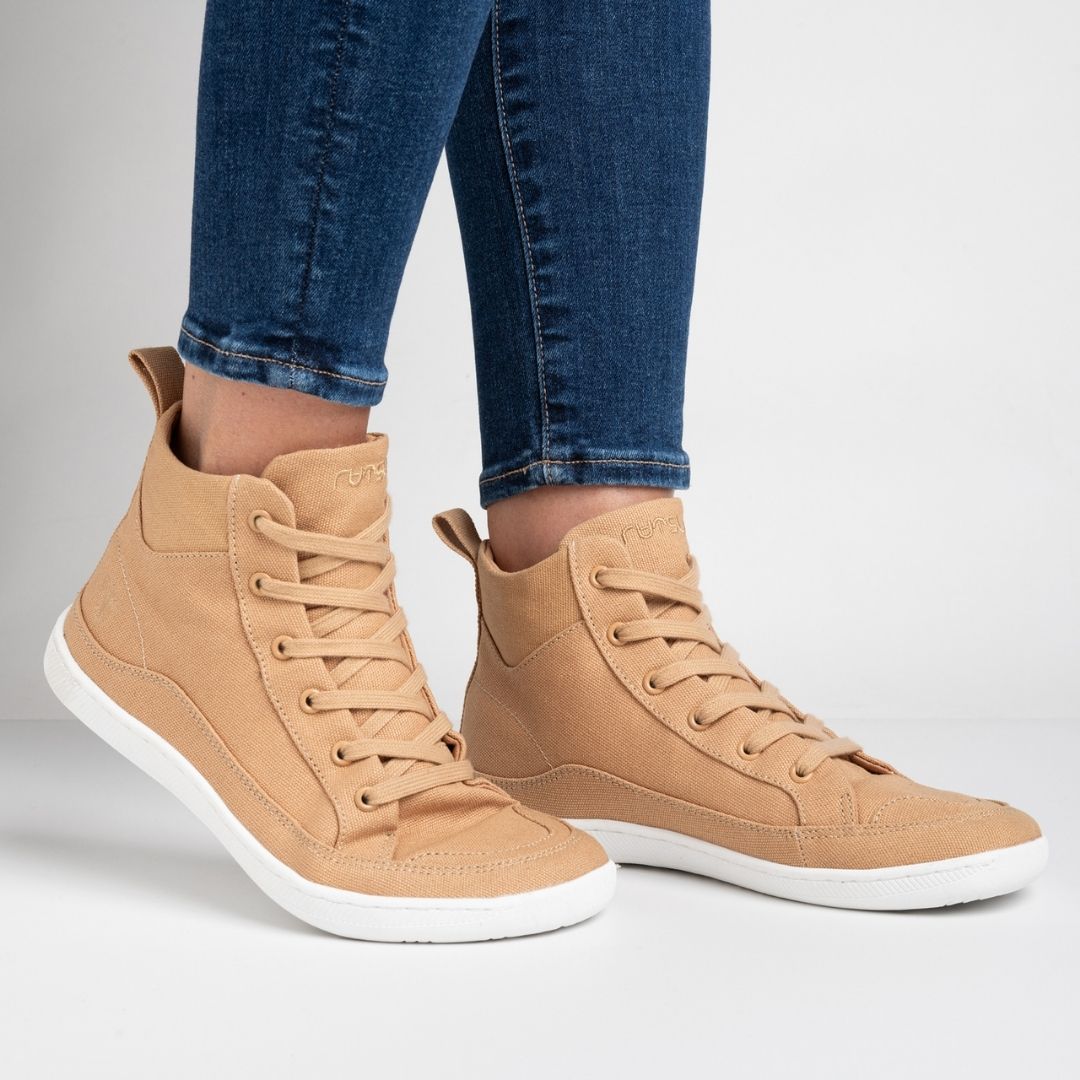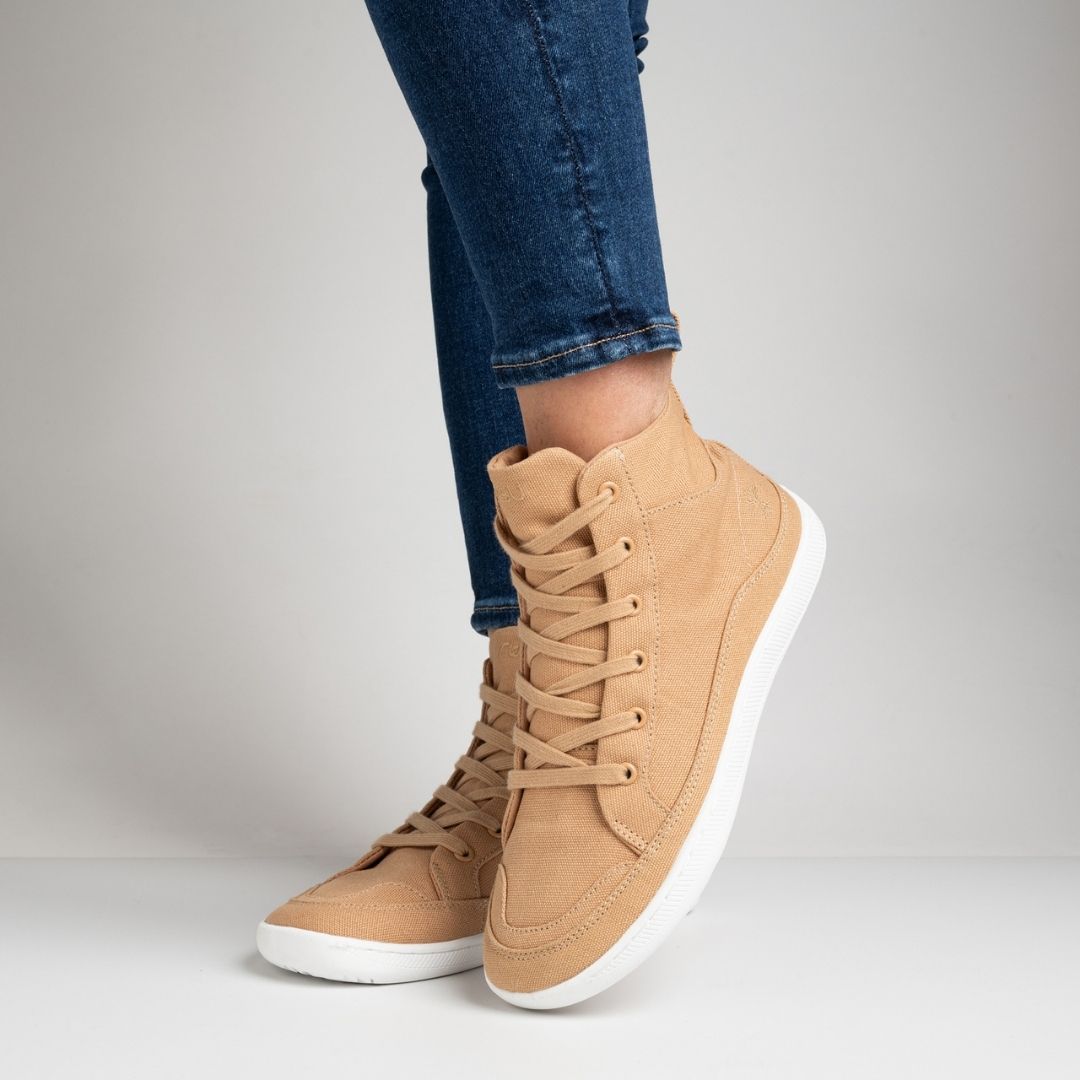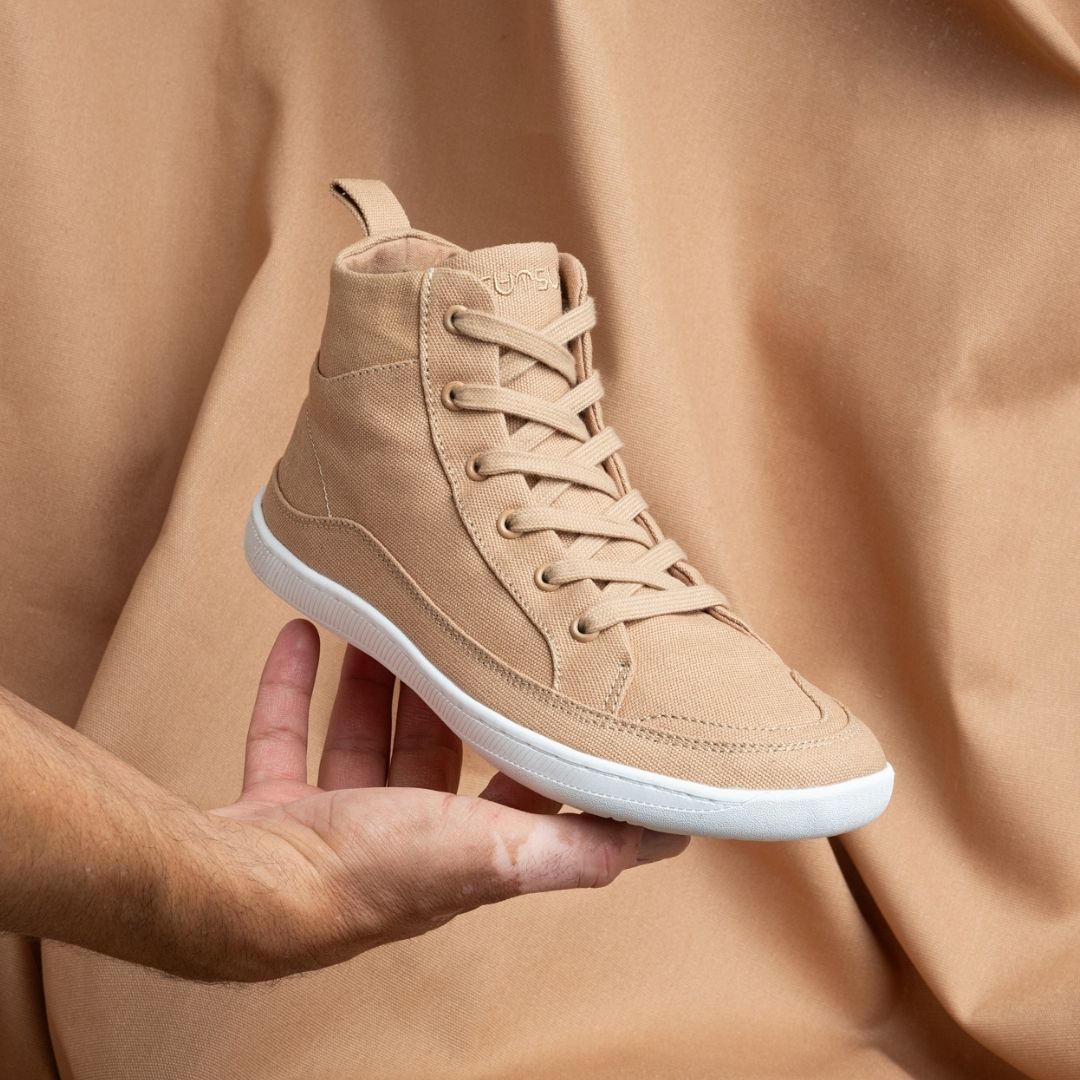Barefoot shoe wear is becoming more and more popular among health-conscious and naturally inclined individuals. But there are still a lot of untrue beliefs out there. To help you make an informed decision about barefoot shoes, like the Rutsu Barefoot line, here are five common myths about them that should be busted.
Myth 1: Barefoot Shoes Are Bad for Your Feet
There is a widespread misperception that because barefoot shoes don't have standard arch support, they are bad. But your feet are made to be self-supporting by nature. By using excessive padding to compensate for this process, modern shoes frequently hinder it and weaken your foot muscles in the process.
Podiatrists frequently stress that, given the opportunity to develop normally, our arches can naturally strengthen. This is made possible by barefoot shoes, which provide a more sturdy platform by letting the toes expand apart. Wearing these shoes on a regular basis helps strengthen your feet, improve your balance, and improve your posture. On the other hand, wearing traditional shoes all the time might weaken your muscles and lead to instability since they offer too much support. Like working out any other muscle, wearing barefoot shoes helps your feet function as they were designed to, strengthening your toes and arches.
Myth 2: Barefoot Shoes Lack Support
One common misperception is that barefoot shoes are unsupportive. In actuality, their purpose is to encourage natural foot movement, which gradually builds the strength of your foot muscles. Barefoot shoes promote your feet to perform as nature intended, providing a more natural kind of stability than regular shoes, which rely on outside padding. Because your toes naturally expand, grip, and stabilize your movements, this is similar to working out your feet. Barefoot shoes provide support in a more organic manner even if they might not look like traditional padded shoes.
Podiatrists often agree that excessive cushioning in regular shoes weakens foot muscles, potentially leading to poor posture and chronic pain, while barefoot shoes foster a healthier, more supportive structure.
Myth 3: Barefoot Shoes Are Only for Running
Barefoot shoes aren’t just for runners looking to perfect their form. While they offer great benefits for running, they are also ideal for various other activities like strength training, yoga, and walking. Whether you're hitting the gym, running errands, or enjoying a walk in the park, barefoot shoes can be a versatile choice. Their flexibility and lightweight design, like those found in the Rutsu Barefoot range, make them suitable for both casual and more intense physical activities. The thin soles provide better ground contact, enhancing stability and balance, which many find particularly helpful for hiking or strength training by improving proprioception—your body’s natural ability to sense movement.
Myth 4: Barefoot Shoes Are Uncomfortable
Because of their thin soles, many people assume barefoot shoes are uncomfortable. However, much like a pair of jeans that molds to your body, barefoot shoes often become some of the most comfortable footwear you own as they adapt to your feet. These shoes, often designed with a zero-drop shoes wide toe box, allow for natural foot movement, offering a sense of freedom that constrictive shoes don't provide. The initial discomfort some users experience during the transition period can create this misconception, but once your feet adjust, barefoot shoes tend to feel more comfortable than heavily padded alternatives. The wide toe box gives your toes the space to spread out, improving balance and comfort, while the zero-drop sole promotes a more natural alignment of the foot.
Additionally, the thin soles improve ground feedback, which improves foot alignment and balance.
Health professionals emphasize that it’s the natural "freedom" these shoes offer that leads to long-term comfort, unlike traditional shoes that often squish your feet into unnatural positions, causing discomfort over time.
Myth 5: Barefoot Shoes Are Unsafe
Another widespread misconception is that because barefoot shoes have less padding, they put you at more risk of injury. In actuality, barefoot shoes can lower the risk of injury by enhancing proprioception, or the body's awareness of its own location and movement, and balance. You're less likely to trip or strain your joints when you have a better sense of your surroundings. Wearing traditional shoes with thick soles might cause you to lose your sense of ground contact, which can result in bad posture and uncoordinated movements. Conversely, wearing barefoot shoes promotes a more deliberate and organic gait, which may reduce the chance of injury.
Many barefoot shoes, including Rutsu Barefoot, feature thin yet durable soles that offer protection without restricting your movement. Whether you’re walking on pavement or navigating a rough trail, they provide just enough protection while keeping you grounded and stable.
Conclusion
More than just a fad, barefoot shoes are a step toward stronger, healthier feet. Barefoot shoes are something to think about, whether you're trying to avoid foot pain or are just looking for a more comfortable walking experience. You may now firmly refute these myths the next time someone brings them up!
Frequently Asked Questions
Are barefoot shoes suitable for everyone?
Barefoot shoes are generally great for most people, but they’re not a one-size-fits-all solution. Individuals with specific foot conditions like severe flat feet or bunions should consult a podiatrist before transitioning. That said, many find that barefoot shoes can help improve overall foot strength and posture.
How long does it take to adjust to barefoot shoes?
The transition period varies from person to person. It’s best to start slow, wearing them for short periods at first and gradually increasing the duration as your feet adapt. It could take a few days for some, but others may need weeks to fully adjust.
What’s the difference between barefoot shoes and minimalist shoes?
While both are designed to give your feet more freedom, barefoot shoes generally have thinner soles and less padding. Minimalist sandals might offer a bit more cushioning but still promote a natural walking motion. Barefoot shoes take this concept further, often with no heel lift and less support.
Can barefoot shoes help with specific foot conditions?
Yes, barefoot shoes can help with conditions like plantar fasciitis or flat feet by encouraging better foot mechanics. However, it's important to consult with a podiatrist to determine if barefoot shoes are right for your specific condition.
How do I care for and maintain barefoot shoes?
Caring for barefoot shoes is easy. Hand wash them with mild soap and water, and air dry completely. Avoid exposing them to extreme heat, which could damage the material.
Are barefoot shoes a good investment?
Absolutely! They help strengthen your feet, improve posture, and prevent future foot problems. Plus, they’re durable, and a quality pair like Rutsu Barefoot can last for years, making them a worthwhile investment.



